Mitsubishi Outlander review and buyer's guide
The Mitsubishi Outlander is an excellent-value seven-seat family vehicle with plenty of features and capability. It looks modern and tough, but you need to know if it’s going to be good enough compared with other medium SUVs.
The Mitsubishi Outlander is a medium-sized family SUV with a trick up its sleeve that can be found behind the second row of seats. If your family often has unexpected guests joining you after school on a Friday afternoon, the Outlander should be high on your new car shopping shortlist.
Old Outlanders were filled with cheap scratchy plastics and it wasn’t a fair fight against the polish of a Mazda CX-5 or the smooth grunt of the Kia Sportage or Hyundai Tucson diesels. But this snazzy, modern Mitsubishi Outlander can do what other five-seat SUVs cannot - a third row of seats.
Mitsubishi’s ace has long been the razor-sharp pricing, and that is still true today, making it an excellent value family SUV that plays a strong game of economic rationality.
Download the Outlander brochure here >> for specifications and let’s see how well it will suit your needs.
The first half of this review centres on the combustion-only Outlander range. If you want to look into the Outlander plug-in hybrid (PHEV) specifically, scroll to the bottom half of this report.
There’s also the Mitsubishi Eclipse Cross plug-in hybrid to consider as well.
You can also research further to figure out a PHEV costs/savings are by checking out: The truth about buying a plug-in hybrid. Is it worth the money? >>
Today, if you need a seven-seater on a budget, the Outlander has become marginally more expensive than it used to be, but only in line with everything else - meaning it’s still a bargain.
You can compare the Outlander with two different categories of vehicles. There’s the strictly five-seat medium SUVs like:
Mazda CX-5 and
Subaru Outback is also a great five-seater you should consider, which gets classed with the larger SUVs.
All of the above have their own specific merits. And then there’s the larger, seven-seat SUVs like:
CX-9 and
There’s also the slightly more big-family specific people movers of Kia Carnival and Hyundai Staria, or the Hyundai Palisade if you want that gangster LandCruiser look and size with 8 seats.
FEATURES & PRICING
Difference in price makes the Outlander a critical vehicle to compare in the seven-seat SUV segment, because we’re talking a significant chunk of money saved, still in your account. Outlander is the second most popular medium SUV after the RAV4, so resale value will be very good in the next five years, but it also means lots of stock is available.
Here’s how the Outlander range breaks down.
Every time you look at an all-wheel drive Outlander, you’re adding about $2000 over the 2-wheel drive, but while you can have the 5-seater with AWD, you cannot have five seats in all grades, specifically the higher-end variants.
‘ES’ is the cheapest version you can have with five seats at $42K, or you can add AWD for $44,500. Whereas ‘LS’ is the base seven-seat grade in 2WD form for $45,500.
ABOVE: Highest payload: LS 2WD at $45,500 with 710 kg flexes the biggest kid-hauling muscles among its peers.
Now that you know the Outlander’s potential to carry you and yours around, let’s look at its usefulness as a practical family-focussed mobile workstation. It all starts with your budget and what you need it to do.
How frequently are you going to use all seven seats? I’d suggest if your kids are in primary school or high school, where it’s fairly common to have their mates over for the afternoon or sleepovers on weekends, or maybe you’re taking the odd straggler to sport on weekend mornings, then the sixth and seventh seats are likely to get good use, in which case, your budget needs to be able to land in the $45-$55K bracket.
Next, you need to figure out which features are going to be a requirement of fulfilling your legal and social contract with those in your household. Are heated leather seats a priority, or can you survive with cloth seats and save a few grand? Or is your budget flexible, within a certain range?
Do you live in or visit regional areas where mobile data and reception might be patchy? In this case, you might want to have standard satnav available as a back-up for the P-plate kids driving your car so they can find home.
Is towing going to be a reality in the Outlander’s future? Exactly how heavy are you going to be towing - a caravan or camper, or will it be an occasional trailer load of firewood or mulch for the garden?
Are you a tech enthusiast who likes to tinker with the various equipment like heads-up display, wireless phone charging, radar cruise control, 360-degree cameras etc? Consider here that the LS (7-seater) gets full smart-key functionality, wireless charger, reverse emergency braking, rear cross-traffic alert and auto dusk-sensing LED headlights.
Every Outlander gets LED headlights - so no more poverty halogen lamps on the fleet manager’s poverty-pack.
Click to enlarge gallery:
Mid-spec Aspire gets two-tone 20-inch alloy wheels, heated front seats, a heads-up display to project speed, cruise control and traffic info into the windscreen, and there’s a 360-degree birds-eye view camera system - the graphics of which are decent, but not class leading. Seats are “microsuede” with a synthetic leather side bolster and door mirrors are heated and power-folding.
Aspire offers electrically adjusted driver’s seat, manual sliding front passenger seat and manually sliding row two seats (which are also on the cheaper LS except in regular cloth trim. Aspire is the first variant with (partial) leather seats, higher grades are full leather.
Only when you step up another $7300 to the Exceed do you get panoramic sunroof, 10-speaker Bose premium sound system, full leather seats (black), the large 12.3-inch touchscreen and the full three-zone climate control with a dedicated temperature control in row three.
Here is where you need to decide if it’s worth spending an extra 9 per cent more on the Exceed over the Aspire. How far does your budget stretch and could you spend that extra seven grand on a towbar, roof racks, and a new trailer for the sake of increasing the Outlander’s already excellent adventure touring capability.
ENGINE
If you need an Outlander with a choice of petrol, diesel or hybrid powertrains, you’re going to be disappointed because a turbo-diesel is no longer an option; it’s petrol-only. Happily it takes 91 RON standard unleaded petrol, too - 55 litres of it per tank.
Mitsubishi isn’t the only one ditching their diesel. Mazda had the 2.2 diesel CX-5 removed from its line-up, but fortunately Kia and Hyundai have wisely stuck with their Sorento and Santa Fe 2.2 diesels respectively, and a 2-litre version is in Sportage and Tucson as well.
Outlander is stuck with a 2.5 naturally aspirated petrol engine. And it leaves a lot to be desired, making 135kW at 6000 revs, and weighing 1760 kilograms (closer to two tonnes with you and the kids on board), you’re left with sluggish acceleration and increased fuel economy compared with the old diesel.
Old Outlander’s diesel made 110kW at 3500 RPM, with all its torque available between 1500-2750 RPM, which is exactly the revs you drive in every day, taking off from the lights, coming in and out of the driveway, parking, reversing a trailer, navigating tight turns or going up steep driveways. The diesel was a decent powertrain thanks to a 64kW/tonne power-to-weight ratio. And it delivered a WLTP fuel economy figure of 6.2 litres per 100km in Exceed trim.
Comparatively, today’s petrol model is a 2.4-litre petrol engine (talking Exceed again here, because that’s ultimately the most notionally desirable model with all the features) requires 8.1 litres per 100km on the combined test cycle.
On power-to-weight, a Santa Fe Highlander with the dinosaur 3.5 V6 petrol is getting 110kW/t (because it’s making 200kW) compared with 78kW/t in the Outlander Exceed (making 135kW). But for the sake of saving $13,000 - the Mitsubishi is no chump.
So if you need the biggest bang for your buck, literally, because you need the best fuel economy possible, you could consider the diesel version of a Sportage or Tucson, or simply get the lightest Outlander you can. This is because the more features you add, the more weight the engine has to move - therefore the more fuel the engine needs to burn.
Also, practice gentle driving practices and maintain recommended tyre pressures and you should get fairly decent fuel economy out of the Outlander.
TRANSMISSION
So Outlander weighs less, consumes more fuel and gets a CVT transmission which sounds like it’s off to a poor start when it comes to beating the competition on fundamentals. That’s because it is, initially.
It certainly doesn’t drive as nicely as the eight-speed dual-clutch transmissions in Hyundai/Kia seven-seaters, or the smoothness of the Mazda CX-9’s epicyclic auto. But the distinct advantage of a CVT is the fuel economy, which was a wise decision because a base Santa Fe diesel is doing 6.1L/100 and offers a superior driving experience, better towing prowess and much more user friendly third-row seating.
Outlander’s CVT offers constant power by keeping the engine in what’s called the ‘power band’, because of the nature of how CVTs work. They don’t have to rev up to a certain RPM to offer peak power like in a DCT or conventional auto. There are two pulleys that adjust the tension and ratio of a steel belt which is calculated based on your throttle input.
This is the same type of transmission offered in the Forester and Outback from Subaru and it works pretty well. It’s inherently efficient, but has one minor drawback in having a mild droning effect as you’re accelerating fairly aggressively to, say, overtake on the freeway.
The advantages to Outlander’s CVT are, as mentioned, fuel economy (because you’re more or less always getting the power to request), but also it makes it quite perky in soft-roading conditions when used in conjunction with all-wheel drive.
Click to enlarge gallery:
Let’s be clear here - this is not a hardcore four-wheel drive. So don’t get too ambitious with the idea of taking your Outlander too far off-road - this is not a Pajero Sport, not even slightly.
I’d suggest you won’t get quite as far off the sealed road as a Subaru Outback or Forester, but neither will get as far as a serious 4WD like a Pajero Sport or a Nissan Patrol with low-range transmission and beefier drivetrain.
What you do get here is a much wider envelope for what’s achievable with such a vehicle, and certainly soft-roading SUVs like Outlander and Forester, with their clever traction control systems, will get you into or out of some grubbier driving conditions than anything 2WD or using an on-demand AWD system like you’ll find in a CX-5 or RAV4.
If however, you occasionally venture up to the ski slopes, or visit grassy camping grounds (which have a tendency to get dewy overnight, or perhaps there’s a slightly dodgy driveway at the winery you frequent - then this kind of computer software-based wheelslip mitigation program is going to help you.
But there is a line you need to be careful not to cross in regards to your warranty and what Mitsubishi or Australian Consumer Law might consider ‘abuse’ in the event something fails.
Here is a selection of marketing images provided by Mitsubishi Australia which you might like to archive just in case something happens to yours - not suggesting it will, of course. But look, based on historical precedence, Mitsubishi Australia is quite reasonable at customer support and if they can see a genuine fault has occurred and you haven’t been outwardly abusing your Outlander, they will generally land in your favour and fix the problem.
And for what it’s worth, certainly Outlander is not a proper 4WD, but you can still use it on unsealed roads with confidence it will hold up quite well and will keep you moving. Just don’t get ahead of yourself.
Mitsubishi’s Super All-Wheel-Control (however hard to orate) is a decent-enough system for light off-roading duties, and is only available on the AWD variants, obviously. Use it in conjunction with the right amount of driver input and diligence so that wet dirt roads, very light, shallow mud and dry dirt inclines (with mild gradients) will be no problem when used with the correct drive mode setting.
DRIVING
Having said everything above about what Outlander isn’t capable of, it would be unfair to ignore what impressive driving the Outlander can do given that it’s not a Pajero Sport.
The reason for you to know this is that it steps very closely on the toes of brands like Subaru which claims to be the soft-roading champion with its symmetrical all-wheel drive. Here’s a good visual description of just how far you could, notionally, push Outlander with all due care and conservative driving practices:
Now, obviously this driving test was using an Outlander plug-in hybrid, often using electric-only driving modes. But that same Super All-Wheel Control system sending the PHEV up and down those rocky slopes of the Flinders Ranges is the one you’ll find in a typical AWD Outlander with the combustion powertrain.
The message here is: Don’t get out of your depth.
Again, don’t expect Outlander to do as well as a Subaru symmetrical AWD system or Pajero Sport’s 4H system which can be used on high-traction surfaces like wet sealed roads or dry dirt roads without damaging the driveline.
Wheels will also be a factor in how far off the tarmac you go, because the Aspire and Exceed models get big, fat 20-inch jobs which are nice on the freeway (although loud thanks to tyre roar), but are pretty hard around low-speed maneuvering and anything lumpy or bumpy off the sealed stuff.
ES and LS versions get 18-inch alloys which will be much better suited to any dirt or mild, shallow rutted driving you might do in the country.
Driving on hard, densely packed, wet sand is okay, if you must, but it’s at your own peril. Pro Tip: Don’t park it there overnight.
On-road, Outlander is a great example of value for money in terms of ride comfort, handling and normal driving performance expectations.
If you set out expecting this naturally aspirated Outlander to feel sporty or eager to get up and go - you’re going to be disappointed. It’s not a Mazda CX-5 2.5 turbo. But it does do the mundane, daily school-run type driving just as good as any of the competition - RAV4, Forester, Sportage, Tucson, CX-5. They’re all a dead heat.
What will really matter for you, driving your Outlander to and from, is how much money you saved by avoiding the others - and you get 70-maybe-80 per cent of their abilities.
What matters for buying an Outlander or not is how you intend to use it and what you want it to be capable of. It’ll absolutely go up and down gravel roads, it’ll cope with potholes and rutted back roads, and it’ll be very civilised on the freeway and on wonky mountainous alpine roads.
And if you get the AWD version, you’ll have the added dynamic stability (at speed) of knowing that all four wheels are working if things get wet, or lose or sketchy underneath.
FUNCTIONALITY
At this point, it might seem like you should not even be bothering with the Outlander, but Mitsubishi has absolutely kept some redeeming features that make its seven-seater worth your attention.
Outlander is not a people mover, but will you need seat #6 or #7 at a moment’s notice?
However cramped those row-three seats are for grown-ups, they still make perfect sense for occasional kids - and this is why you’re likely still to consider Outlander over the competition.
Row three is designed for kids only - that’s as simple as it gets. So all the reviews and commentators with six-foot motoring journalists contorting themselves into the back, mocking Mitsubishi for even bothering to offer seats 6 and 7, are simply doing it for attention, or out of incompetence.
These are not seats designed for adults. Clearly. So don’t go into the test drive expecting you or your eight-foot teenagers to fit back there comfortably. If you need to dink your sloshed Nanna back from a wedding or something, shove your 10-year-old up the back for the drive home.
The serious problem you need to be aware of is that kids who are no longer in restraints will be the ones using these seats. We’re talking between the ages of about 7 or 8 (or whenever they’ve legally and safely outgrown their booster seats) and up until their early teens when the hormones start kicking in at around 13 or 14, when they will simply be getting too tall for their legs to fold comfortably around their ears.
The dog on the other hand, will absolutely love row three.
No anchor points for top tether or ISOFIX connections in row three; outboard in row 2 only
As for child restraints, you’re limited to two ISOFIX and two usable top tether points in the outboard row two seating positions. A third top tether point is available in the centre of row two, but good luck getting anything of significant width in there unless it’s a slimline designed restraint.
Pro tip: If your child can sit up straight in the seat with the seatbelt correctly flowing flat over their shoulder, they they are legally the correct size and can therefore be out of a booster seat.
Outlander, with its row three seats collapsed, has a very user-friendly boot cavity with a strong, reinforced floor, over a metre of space between the wheelarches and some light-duty tiedown points for items which might slide around without restraint.
Under the boot sub-floor is a space-saver spare wheel and tyre, which is not the most practical result for a vehicle weighing nearly 2.5 tonnes fully loaded on the way home from your big camping long weekend. You’ll be limited to 80km/h and some ginger driving if it rains coming down the mountain.
ABOVE: On ES Outlander, you get a full-size spare wheel; on LS, Aspire & Exceed, a space-saver spare awaits you below the stowage compartment for tools and row 3 headrests.
Outlander is 4.71 metres long, and 1.74 metres high, with a 10.6 metres turning circle (Santa Fe: 11.4m; Outback: 11m; CX-9: 11.8m), and gets 210mm of maximum, unladen ground clearance in the Aspire and Exceed variants.
With a 55-litre tank full of fuel, Outlander weighs between 1585kg (in base 2WD, 5-seat form) and 1760kg in Exceed Touring form, before tipping the scales at 2020kg in ES base plug-in hybrid form and reaching 2144kg in top-spec Exceed Touring 7-seat form.
Santa Fe is basically a two-tonne vehicle in Highlander trim and can only come with seven seats - you’re locked into that configuration, just like Sorento and CX-9 - where Outlander gives you the option of a five-seater which will make you about 200kg lighter in two-wheel drive form than the Hyundai. And you’ll get change from $60,000.
ABOVE: Row 2 seats fold in a 40:20:40 configuration which means, finally, trips to Bunnings can involve both kids. Hooray! Right, dads?
In what Mitsubishi calls “5+2” form - seven seats to the rest of us - Outlander is still lighter by a significant margin, and this has an advantage when it comes to payload and cubic volume. Just in case you’re wondering why this matters, weight affects how a vehicle handles, how it stops in an emergency, it restricts how much stuff you can carry on your epic holidays, and it will increase fuel consumption.
If your family does big adventure roadtrips, and you love to fill your vehicle to the brim with kids and eskis and massive suitcases, these numbers might determine whether you get a different vehicle or simply outrig your Outlander with a towbar and roof racks.
Here’s how it goes:
Outlander 2WD LS (5+2) can max-out 710kg of cargo. Santa Fe base diesel AWD: 667kg (based on GVM minus kerb weight | 2610kg - 1943kg = 667).
Outlander AWD LS (5+2): 655 kg max cargo versus Santa Fe’s aforementioned 667kg which doesn’t change from spec-to-spec. Aspire 2WD can do 685kg, LS AWD (5+2) has payload of 655kg, and Aspire AWD (5+2) will take 655kg.
Admittedly, Outlander Exceed’s payload drops to 595kg, which still out-lifts CX-9 Azami (top spec) at 564kg, but Kia Sorento GT-Line (AWD) at 650kg still beats them both.
Even a lower-spec (lighter therefore more permissible payload) Mazda CX-9 Sport at 623kg cannot match the Outlander. Nor can the over-blown, $115,000 LandCruiser 300 VX unicorn beat Outlander for payload - just 650kg. Pathetic.
Keep in mind the differences here are a few large bags of potatoes or multiple slabs of beer. The margins aren’t Herculean.
RANKED 7-SEATER PAYLOAD FIGURES:
Why does payload matter? Because everything you put inside the vehicle counts as payload: every person, every phone, every suitcase, dog, every single thing.
The more payload capacity you have, the less likely you’re going to be overloaded - especially on big adventures like interstate holidays, camping trips, whatever. Treat payload as a safety margin, because that’s essentially what it is. Safety not only for you and the people in it staying on the road at night in the rain on foreign roads, but also for components on the vehicle carrying you and your kitchen sinks.
SAFETY
Let’s talk safety and crash testing performance, particularly in relation to airbags, and in comparison to other competitor models you might be considering.
Firstly, new Outlander gets a front centre airbag to protect the driver and front-passenger from clashing into each other - a common injury as a result of side impacts, which often causes severe cranial trauma.
Outlander performs well in child occupant protection: 92% score overall, better than Santa Fe, Sorento, CX-8 & Kluger. Beats Outback by 1%.
There are no row three curtain airbags on Outlander. Also, be aware that Sorento and Santa Fe, and like Pajero Sport side impacts will not deploy a full-length curtain airbag for those occupants. CX-9, Kluger, Carnival and Palisade do have full-length row three curtain airbags which you should consider if you intend to use row three frequently.
Basically, an SUV with head-protecting curtains for row three is better than one without, if all other things are equal. Which they never are. But what is largely unknown is just how relevant those curtain airbags are in row three because we don’t have any meaningful public data addressing how many injuries or deaths would be or have been prevented by having them.
There’s also discrepancy between vehicles ANCAP rates with full-length curtain airbags reaching the furthest rearward D-pillar and partial row-three coverage from the curtain airbag in row two.
If you plan to use row three frequently, perhaps an Outlander is not the best fit in terms of safety and risk management, but if occasional use is gonna be more like your situation, Outlander remains inherently very safe. Let’s look at why that’s the case.
A perfect 6/6 in the side-impact test.
You can download the Mitsubishi Outlander official ANCAP rating report here >>
So where does Outlander rank for crashworthiness among its peers? Let’s compare it with Santa Fe, Sorento, CX-9, CX-8, Kluger and Outback.
Subaru Outback scored 88 per cent in destructive adult occupant protection tests including the frontal offset, full-width, side impact and oblique pole tests. It was tested by EuroNCAP in 2021. It also scored a very high 96 per cent for ‘safety assist’, AKA crash prevention.
Toyota Kluger scored 90 per cent in 2021 for adult occupant protection, with a safety assist score of 82 per cent, as tested locally by ANCAP.
Mazda CX-8 scored 96 per cent for adult occupant protection in 2018 when tested by ANCAP, with 73 per cent for safety assist. Its stablemate, CX-9, was scored way back in July 2016, before ANCAP’s current rating system and harsher testing protocols were adopted.
Nearly six and a half years later, ANCAP now scrutinises individual safety assist features like lane-keeping, pedestrian detection and auto emergency braking, plus it pitches the oblique pole at a sharper angle, the side impact test happens at a higher speed and the full width crash test actually exists today. Keep in mind, CX-9 actually has full-length row three curtain airbags for regular use, which is more than can be said of the majority.
Having said that, CX-9 scored 35.87 out of 37 overall, which works out to be 96.95 per cent. CX-9 is inherently very safe in a crash and in 2022 has a full suite of safety assist features, the important ones like auto emergency braking, radar cruise control, blindspot monitoring and rear cross-traffic alert, driver attention alert, lane-keeping and more.
Kia Sorento was tested locally in 2020 and scored 82 per cent for adult occupant protection, and 89 per cent for safety assist criteria. Sorento is based on the same platform as Santa Fe.
Hyundai Santa Fe, which currently is the fourth iteration of the same platform introduced and crash tested in 2018, scored 94 per cent for adult occupant protection and 78 per cent for safety assist.
Outlander scored 83 per cent for both adult occupant protection and safety assist - and yet has achieved this score as tested using the harshest and most recently updated protocols.
WHAT TO MAKE OF THE SAFETY RATINGS?
Outlander is arguably the safest vehicle among its competitors based purely on the isolated fact that it is very recently tested. But of course, that doesn’t take nuance into account. Kia Sportage is the same 2-3 year vintage as Outlander, as is Hyundai Tucson, and Subaru Forester.
Overall, they’re all very, very safe vehicles to be be involved in a crash, and at preventing one. There are too many variables to make a robust, concrete and 100 per cent objective determination.
You need to look at the results in their broader context and accept that there are flaws in each vehicle, flaws in the testing procedures and there are nuances to what determines a ‘safe vehicle’.
Outlander is, generally speaking, good at protecting you and your kids in a crash, and it’s equally good at trying to prevent you from having one in the first place. But ultimately, it’s up to you to determine how safe you are by how you drive.
I'll help you save thousands on a new Mitsubishi Outlander here
Just fill in this form.
No more car dealership rip-offs
Greater transparency
Less stress
TOWING
Let’s talk about towing potential with the new Outlander, because it needs addressing.
Firstly, the 2.4 petrol engine and CVT combo are not going to be nearly as good for frequent, moderate-weight towing assignments. Economy will drop because petrol isn’t as good a fuel as diesel for load-hauling requirements - this is because diesel has about 30 per cent more energy in it, per unit, compared with petrol.
So occasional low-load towing assignments will be okay here, but don’t make it a big part of Outlander’s usage case - it’ll do it, but there are limitations.
Old Outlander diesel Exceed could cope with an impressive 2000kg braked towing capacity. New petrol Exceed can only handle 1600kg braked. That’s a 20 per cent deficit in towing potential.
In fact, all Outlander models are limited to a maximum towing capacity of 1600kg. Maximum towball download on all versions of Outlander is 160kg.
What the brochure doesn’t highlight is the fact Outlander’s towing is a bit light duty.
A small 6x4 trailer, maybe a small aluminium fishing boat, or maybe a motorcycle trailer - that’s about as outlandish as your towing assignments are going to be with Outlander.
Just remember that the towbar counts toward the Outlander’s payload, and the trailer itself counts toward its towing capacity.
Shame that Mitsubishi didn’t see fit to mention anything about the towing potential on page three of the brochure, despite the illustration actually showing it towing a jetski.
Regardless, Outlander’s maximum gross vehicle mass (GVM) is 2355kg for the petrol 7-seaters, or 2255kg for the petrol 5-seaters. The PHEVs get 2650kg for the ES and Aspire, and 2750kg for the Exceed models.
What is Gross Vehicle Mass & Gross Combination Mass? >>
For anybody looking to compensate by shoving everything on the roof, you’re limited to just 80kg up top on all versions.
Just for comparison, Kia Sportage diesel and Subaru Outback can handle 2000kg of braked towing capacity, no problemo.
WARRANTY & SERVICING
Warranty with Mitsubishi Outlander is either 5 years and 100,000km if you choose to service with an independent (and qualified) mechanic, or if you get Outlander serviced at the dealership it’s a full 10-year/unlimited kilometre warranty.
This might not make all that much difference to many average buyers because the average distance driven annually in Australia is just under 15,000 kilometres annually, totalling about 75,000 kilometres over five years of ownership. Do you intend to have your that long? It’s possible, so in that case it’s in your court to decide which way you want to go, but it could help resale value to have that long-lasting warranty by sticking to dealer servicing.
Regardless, new car warranty is a bit irrelevant in some ways >>
Hyundai and Kia offer five- and seven-year warranties, respectively, both with unlimited kilometres, giving those brands a competitive edge, especially with longer-distance drivers. The benefit there is you don’t have to service with the dealer network to get that same 5 years with Tucson or you get the extra 2 years with a Sportage.
The downgraded Mitsubishi warranty certainly doesn't roll off the tongue nearly as well as Hyundai/Kia's unlimited distance warranty, and bear in mind both South Korean brands are especially strong in both five- and seven-seat SUVs.
INTERIOR
Where the old Outlander genuinely felt like it cost $10,000 less than its rivals thanks to hard scratchy plastics all over the cabin and even the leather in Exceed felt quite synthetic - this one feels like they’ve made a serious effort to lift their game.
By and large, it’s the right move to make. Mainstream car buyers today, generally speaking, don’t give a crap about powertrains and towing capacity or transmission types. They want Android Auto and Apple CarPlay, decent stereo, space to put their phone and charge it wirelessly, and heated seats - covered in leather.
Outlander is not a technological showcase, but it does offer everything you need for modern traffic and commuting warfare. But they’ve tried to give you more than just the safety features and a big touchscreen. And the joy of simplicity is there’s less adaptation you have to commit to.
The attention to detail in the cabin commands respect. The transmission selector is not just some plastic blog glued to a stick. It’s been carefully sketched to look fricken cool, and it doesn’t slide up-down - it’s a spring-loaded return-to-centre operation. They didn’t need to do that. But they did.
And the terrain selector dial is not just another plasticky rotary bizzo - it’s been sculpted to taper inward, it’s tactile, almost like braille - and the mechanism feel robust and durable. Although not quite as nice as the rotary transmission selector in Kia Sorento, it’s not far off Kia’s level of quality and detail.
The difference is you’ll be spending an extra $16,000 to access the Sorento GT-Line.
Despite its almost-pointless third row seats and the undeniable styling affinity with the upcoming new Nissan X-Trail, Outlander remains - irrefutably - one of the most capable vehicles on the market, at a price actual human beings can afford.
DRAWBACKS
You can no longer choose between 12 different flavours of Outlander. You get chocolate or plug-in hybrid. That’s it. But we’re long into the market maturity whereby all the important collision avoidance tech like AEB is no longer absent on the tight-arse ES poverty pack fleet manager’s special. It’s all there - and it’s one button to turn off the lane keeping which, in this case, you will probably find intrusive and unnerving.
But it’s ultimately there to keep you from killing yourself or someone else, and it’s just one of those evolutions of the automobile you need to learn to live with. All new cars have compromises and niggles you have to learn to hate quietly and in your own head, because these features, however imperfect and full of false-positives, are trying to protect you.
Just try to make deactivating the ones you hate a regular part of your start-up procedure, and failing that, try to adapt to them and don’t ever get complacent with those systems. Never trust that they will work when you need them to, and always presume they will get it wrong and interfere when you don’t need them to.
Make sure you test these systems when you conduct your official test drive of Outlander, and keep an open mind when you do it, because striking it off your shortlist because of some nuance you could probably learn to ignore or adapt to, would be cutting off your nose to spite your face. It’s in your interest to shop Outlander with an objective mindset.
MAIN COMPETITORS
It needs to be said that Outlander still doesn’t quite match the Hyundai Tuscon, Kia Sportage or Mazda CX-5 on overall finesse, but holy crap it’s a tight race, especially when you keep reminding yourself about the price.
And Outlander will still be an arm and leg ahead of Nissan's X-TRAIL - the so-called hybrid X-Trail is a joke >>. The overpriced Tiguan is still overpriced and it’s a Volkswagen, so your consumer rights are always up for contention in the service department.
And Outlander’s strongest selling point is, of course, row-three seating which none of its mid-size SUV rivals can do, even in their latest versions. Subaru still doesn’t have a seven-seater, despite Sorento, Santa Fe, CX-9, CX-8, Outlander and Kluger all indicating they’re popular.
However, even today, as Tuscon, Sportage, CX-5 and RAV4 dominate sales, the Outlander remains the more unpolished in terms of cabin refinement and insulation. But you have to keep reminding yourself, it’s still a lot of car for the price if you desperately need seven seats on a budget.
No car is perfect and sacrificing cabin niceness for that affordability is just the compromise you have to make.
Realistically, if you need to transport more than five people in total, regularly, over long-ish distances, and if those people have gear to transport, a different vehicle will be required - start thinking about the utterly brilliant Kia Carnival, the pimp’s Cadillac-on-a-budget - the Hyundai Palisade, or the Hyundai Staria.
Australians love SUVs, but they would generally be better off in people movers - which manage the logistics of the transportation of people and equipment on normal, made roads a whole lot better.
Mitsubishi Outlander is a decent seven seater if you want a new vehicle and the acquisition budget is tight, and if those seats are for occasional use. If you need only five seats, you're probably better looking at the Kia Sportage >>, Hyundai Tucson >>, Mazda CX-5 >> or Subaru Outback >> or Subaru Forester >>
CONCLUSION
If you’re spending hard-earned money on an Outlander today, you’d probably classify yourself as a budget-conscious buyer, and that would mean buying the one that makes the most sense today and short-term.
Even in its heaviest form, Outlander is lighter than the rest, but can carry just as much as the big names.
If you’ve got about $45,000 to spend, a petrol LS seven-seat petrol AWD Outlander is looking pretty good. You get everything without much compromise. Or just the five-seater if you need to keep that cash.
But, off course, if you just wanted a cheap seven-seater, consider the $43,000 LS 2WD. You have to accept from the outset that this is something of a compromise on features, but with a brave face and some self-counselling that the extra kids are getting trotted from A to B on a budget, it’s a tool of transport.
Frankly, the majority of SUV buyers who are in the market for an Outlander want one because it's an affordable seven-seater. If they had more money, it would make sense to buy a Santa Fe, Sorento or CX-9. But you do need a lot more money for that.
Only consider the Exceed if you already have $50K in your strict budget for a three-row SUV but cannot go any higher to the bigger regular-use 7-seaters like Sorento or CX-9.
Otherwise, Aspire will give you some more of the everyday benefits of Exceed, with a smaller number on your bank statement.
Realistically, the Outlander is a five seater SUV with seven seats available on some variants, for occasional use. It's not entirely pleasant back there, and like many such vehicles, access is a bitch. Occasional kids' friends in the back for transport to and from a sporting venue - no problem.
Interior volume is a zero-sum game, and the majority of seven-seat SUVs play out this way. However, you can have a Kia Carnival S (diesel) for under $54,000.
Mitsubishi Outlander plug-in hybrid review and buyer’s guide
.
The time to start seriously considering a plug-in hybrid family UV is now. The new Outlander PHEV from Mitsubishi offers seven-seat versatility and you can drive it in pure-battery EV mode. Here’s what you need to know to also pick get one cheap…
The Mitsubishi Outlander Plug-In Hybrid, known as ‘Outlander PHEV’ henceforth, is one of the most appealing alternative powertrain vehicles in the mainstream new car market right now - and for good reason.
This is a brilliantly capable, fully-featured and (importantly) affordable option for families wanting to loosen their dependence on conventional petrol/diesel-based transport, but whom can’t quite make the full disconnect to go all-battery. For now.
What simply doesn’t get celebrated enough with the concept of a plug-in hybrid is that you get the best of both powertrains. There’s the elimination of tailpipe emissions, the near-silent inching up the driveway and the refined, quite cabin while driving at normal speeds when running in EV mode; it’s a kind of dream-like transport the general public has never had feasible access to.
Okay, but is buying a plug-in hybrid worth the money? Click here >> Without going into detail, to be frank, buying a PHEV at a $15,000 premium or whatever, to start saving money on fuel, is foolish and absurd. You’ll never make up the difference; highly unlikely, anyway. But there are still advantages, even some over and above full EVs.
There’s the long-range capability of a PHEV that means you can rest assured there’s one of those legacy service stations over the next hill, courtesy of a century of fossil fuel progress that has liberated the human race from horseback and bicycles to do routine daily tasks like eat to survive and raise children to continue our species.
In real-world applications, you can benefit from the more centralised proximity of either public fast-charging infrastructure (replenishing 80% battery capacity in just 38 minutes, depending on the rate of charge). Or the humble wall-based power outlet (connected to the grid) will also work in your favour for your metro/city-based leg of whatever journey.
Then, once you’re into the open regional road networks where you may not see the semblance of civilisation for another hour or two, you can switch your Outlander PHEV over to run on the misnomer of ‘dinosaur juice’ until you reach the next public charger.
In one sense, the bigger battery in a PHEV (compared with the puny battery in conventional ordinary hybrids) works like a super-sized range extender for the 2.4-litre four-cylinder combustion engine, except in reverse order of operation.
But to get the most out of this very clever system, you need to fully understand how it works in order to use it in the most efficient and effective way. You want to know how to do this because the Mitsubishi PHEVs, in general, are more like part-time EVs compared with a Toyota hybrid which is mostly a normal combustion car with a tiny battery doing very little actual work.
You might also like to check out the Mitsubishi Eclipse Cross PHEV: Full Review and Eco Analysis if you don’t need a large seven-seater, but you still want a plug-in hybrid SUV and five seats suits your needs.
ENGINE
Batteries, motors, charging and range
So let’s start with some foundational understanding of what you’re buying here, and apply some basic principles to your ownership prospects to get you knowing the Outlander PHEV like the back of your hand, so to speak.
Outlander PHEV has a rather large 20kWh battery pack on board, sandwiched down below your backside between the 56-litre fuel tank (happy to take 91 RON, by the way). That battery is connected to two motors, one at the front putting out a maximum 85kW and one at the rear doing a maximum of 100kW.
So all up, including the 98kW from the 2.4 petrol engine, you’re getting a total 185kW of peak power, including 450Nm of torque - which is available from stationary because of EV Mode, without that pesky dinosaur engine interrupting your Doc Brown/88 miles per hour run to the supermarket for bread ‘n’ milk (in the future, obviously).
Just for comparison, a Toyota RAV4 hybrid has 1.6kW of total electric power output. So it relies heavily on the glorious flatness of the 152kW petrol 2.5. The RAV4 Hybrid’s battery can only contribute about 10kW to the system moving the whole vehicle forward, which is why the petrol engine kicks in so soon after taking off from the lights. At about 20km/h it fires up.
Outlander PHEV has a battery substantially bigger in size than a RAV4, therefore it’s capable of doing so much more. Think of it like this: RAV4 is the friend giving you a leg-up to scale the neighbour’s fence and go it alone. Outlander PHEV is your mate going with you into battle to help find the footy.
Regenerative braking is lauded as some awesome breakthrough in-car tech, but the reality is it only contributes a small amount toward recharging a typical PHEV or hybrid battery - which is why the RAV4 can only use it to recharge its tiny battery. Sure, recovering kinetic energy helps for the sake of efficiency and yes, the Outlander PHEV recovers a substantial sum of it, but the ability to plug the car in to charge overnight is a huge advantage not available to the Toyota or Nissan’s ridiculous e-Power hybrid, which can be found in the absurd X-Trail e4ORCE hybrid >>.
The RAV4 Hybrid’s 1.6 kWh battery is made using comparatively heavy (and old-tech) nickel–metal hydride battery cells, which are naturally much less energy dense than lithium-ion in the Outlander PHEV, which is also 12 times the size, therefore capable of far greater performance. For illustrative purposes, it’s like this:
Every opportunity to lift your foot and start tipping something back into the battery is great, but so too is having the internal plumbing that allows you to pull electrons out of the wall when the car is switched off and doing nothing.
A 240-volt adapter that comes under the boot floor with the Outlander PHEV, to use in a standard 10-amp wall outlet for 2.3kVa max, or thereabouts. It’ll take about 10 hours to go from de facto empty (26 per cent state of charge) to full. So, you can sleep on it, with the charging solution that comes with the car, and you’ll be full (or close enough) for heading to work in the morning.
Illustrative purposes: Outlander PHEV has the equivalent of many more power tool batteries than RAV4.
MAIN COMPETITORS
All you need to understand, as a consumer, is that Outlander PHEV is more apt comparison for the Kia Sorento PHEV.
Sorento PHEV’s battery capacity is 14 kWh with an EV-only mode capable of up to 68 km, according to Kia. But you can easily expect a good 50-60km if you work hard to recoup as much kinetic energy as possible and you drive with a conservative right foot.
With the combined power of the 1.6 turbo-petrol engine making 132 peak kilowatts, you get 195 kW of total system output. To simplify the numbers for you, Sorento PHEV has a power-to-weight ratio of 94.8 kilowatts per tonne in GT-Line form. Outlander PHEV returns 86.2 kW/t - a 10 per cent performance gap that means the Sorento PHEV will perform slightly better, because the Kia uses a much smaller and therefore lighter combustion powertrain. The Outlander also has heavier 20-inch wheels versus the 19s on Sorento.
Sorento PHEV GT-Line, with a full 47-litre tank of 91 RON petrol, weighs 2091kg, whereas Outlander PHEV Exceed Tourer is 2145kg - an additional 53kg. But you need to ask yourself if that matters, because both are seven-seaters, (as squashy as the Outlander’s row three is) yet the Mitsubishi is potentially still the outright winner here. How you ask?
Outlander PHEV in its highest specification is $12,000 cheaper than the Sorento PHEV and the compromises you make with the Mitsubishi are relatively low-key, such as row-three legroom and a few kays in manufacturer-quoted EV Mode driving capability.
Now, just as a quick aside, the Sorento is a much more refined vehicle than the Outlander, it needs to be said. The interior of Sorento is debatably nicer to touch, sit in and drive within - but that’s not to say Outlander is rubbish, because it absolutely isn’t. In fact, for the price, Outlander in Exceed-or-above is a seriously dangerous proposition to its competitors in terms of nicking potential sales because it is good enough. The key difference is in the smaller details, where Kia has clearly polished a little bit harder. But most ordinary new car buyers will be quite comfortable and catered for in the Outlander PHEV - it’s certainly above any Toyota product.
Interestingly, as you go back down the Outlander PHEV range, obviously as you start sacrificing features which all add weight, like the panoramic sunroof, heated and power-adjusted seats etc., you start to reduce the overall kerb weight, which increases performance and therefore available EV-only driving range - as well as the purchase price, obviously. Mitsubishi quotes 84km of battery-only range, which is more than the 68km Kia quotes for Sorento PHEV GT-Line - and that’s the only model grade you can get.
The Aspire PHEV is 95kg lighter. So, with all variables made equal, if you fully charged up both Exceed Tourer and Aspire and drove them line astern until they ran out of electrons, physics says the Aspire would go further. And it’s about $8000 cheaper.
The 2022 sales comparison between Outlander PHEV and Sorento PHEV should tell you enough. According to VFACTS data, PHEVs made up about 1 per cent of all SUV sales. For the Sorento PHEV, which went on sale October 2021, it sold roughly 66 units by the end of November ‘22. Outlander PHEV went on sale August 2021, and in the same 11-month period of 2022, it’s sold approximately 174 units. Having said that, Kia has also had supply constraints holding it back this year.
One good thing about all this pricing comparison is that there is a way you can eliminate the back-and-forth. As for buying a PHEV in 2023, you might have questions >>.
If you wanna know the most affordable way to get an Outlander or Sorento PHEV in yo’ driveway, scroll down.
MAKE AN OUTLANDER PHEV NOVATED LEASE ENQUIRY NOW
Recent legislative changes mean the cheapest way to own a PHEV, or full battery EV, for many Australians, will be via a novated lease. More details on this page
We have access to a specialist team of novated leasing consultants who can help you (and your employer) set up a novated lease - quickly and efficiently. For many Australians, this will be the cheapest and most tax-effective way to own a new EV or PHEV.
If you’re not eligible for a novated lease, don’t stress. We can still get you a good deal on the vehicle. Just click one of the red links on this page to get the ball rolling there, or visit this page. Get a basic guide to novated leasing here.
A novated lease:
Reduces your taxable income
Eliminates the GST (that’s a massive saving right there)
Fully-maintained option available - compounding the benefits
Just fill in the form. We’ll call you ASAP. Don’t stress - there’s no ‘hard sell’ and no obligation. We’re here to help you.
FUNCTIONALITY
Unfortunately, you’re stuck with seats #6 and #7 when shopping Outlander plug-in - the five-seat version is not available in PHEV configuration.
With all rear seating rows folded down, 1414 litres of cargo space is available. Deploying row two brings that back to 494 litres, and with row three up, it dwindles to 163 litres - which is two-fifths of bugger all.
To actually use row three - which is strictly for kids only in terms of available legroom - you must slide row two forward, insert kids into row three (all of whom need to be of weight and height to be out of restraints), then roll back row two until everybody will fit. Let’s be honest here, it’s squashy.
There is virtually no headroom for an average height adult in row three, and there are no child restrain anchor points of any description.
What Mitsubishi has managed to do really well with this vehicle is package a plug-in hybrid with that big battery, those additional motors, an inverter, all the orange high-capacity cabling, plus the seven seats (or 5+2 as they confess), and still manage to offer you a flat floor when row three is down.
Although, be aware that like virtually all hybrids, PHEVs and full EVs, there’s no full-size spare wheel, not even a space saver.
There’s also virtually no wheelarch intrusion into both boot space and row three elbow room, but there is just enough real estate to bung in some cupholders and air conditioning vents.
The rear D-pillar is massive, however. And it’s right beside a porthole window for row three occupants, and the roofline is noticeably impinged by the sloped roofline and tapered-in tailgate design where it hinges to the roof. Row two is also headroom compromised, only this time by the panoramic sunroof if you’re considering the Exceed Tourer. It’s only going to be noticed by kids over six feet tall, but with any luck, by the time they’re that tall, they’ll be in row one, seat #1, with a big black and yellow L plate slapped on the bonnet.
You can read my full Mitsubishi Outlander review and buying guide for more detail on the wider range and specifications, as well as its faults. Or, if you’re trying in general to choose between popular mid-size SUVs, try this Q&A >>
Another aspect of the Outlander PHEV’s usefulness envelope is the ability to power external appliances, particularly in the event of blackouts where you might need to keep phones charged with no clear timeline for the grid being restored.
While it can charge laptops and phones, coffee machines and camping lights, air pumps or even the same air compressor you might use to inflate its own tyres to correct pressures - the Outlander PHEV is not Vehicle-to-Load capable.
V2L as it’s also known, if you’re new to the EV/plug-in space, basically means powering your home using the vehicle battery’s stored energy to run your home and mitigate peak electricity tarrifs. This feature can save you thousands, potentially, so if that’s something you want, check out my report above to understand exactly how much it can put back in yo pocket.
It is possible you can save a substantial amount of money by charging your PHEV during the night while paying off-peak electricity rates, and powering small-scale appliances in your home with the energy stored inside the battery during the day.
However, you will need to run extension leads for this kind of thing, which can be a tripping hazard. The other benefit is, of course, you can use regular household appliances where you might not have readily available electricity, such as camping being the most obvious one.
If your family takes regular roadtrips to far-off destinations, perhaps with a camper or caravan, maybe just loaded up and staying in cabins or in tents, having two humble power points regulated by a robust supply system, can make those long trips more bearable.
Unfortunately, the marketing departments aren’t very good at thinking up any new ways you might use your PHEV’s power outlets, hence:
Plenty of people either looking to purchase outright for their small business use will find the ability to keep the mobile office functioning worthwhile. This could range from sub-contractors and agencies to sales managers, franchisors or corporate fleets. Photographers, videographers and marketing staff could certainly be seen recharging camera batteries and such.
This capability does require the additional purchase of an approved bi-directional electric vehicle supply cable sold separately to the vehicle. These two 220v-240v points are capable of putting out up to 1500 watts each, and are not available on Outlander PHEV ES models; it’s Aspire onwards only.
*Just be aware that many kettles require 2000 watts to operate but most V2L outlets don’t allow a greater rate of discharge than about 1500 watts. So plugging in a kettle to make coffee might overdraw and kick the on-board breaker device. Here’s what happens in that situation:
DRIVING
A flat PHEV battery becomes a liability - so you must keep it charged and in-use at all times. Otherwise, you’re expecting the combustion engine to constantly drive around with the additional weight of a big heavy rock on board which isn’t helping propel the vehicle.
Unlike hybrid, which is constantly chopping and changing and cutting into and out of battery driving, kinetic energy recovery, combustion engine interruption and an all-round confusing and at times unrefined driving experience, you get a fraction of that in a PHEV.
Quick direction changes or sudden performance demands you make with a hybrid can leave some powertrains dim-witted, unresponsive and confused about the hell you want it to do - when a regular combustion-only powertrain would be dropped a gear and pissing off up the road. A PHEV doesn’t suffer this stuttering performance to anything like the same degree, because it behaves more like an all-battery electric vehicle, while ordinary hybrid is still preferencing the combustion engine with the tiny battery used as garnish.
That’s not to say hybrids are rubbish. They’re not. They do serve a purpose and that is to slash emissions and fuel consumption where it is most profound in the conventional, real-world internal combustion driving scenario - acceleration from stationary. As in, city driving: stop-start, high-congestion traffic. Getting up to speed, from standstill, is the most uneconomical moment of a vehicle’s journey. Thanks a lot, Laws of Motion.
Should your next car be electric? Is it all over for internal combustion? >>
The total range you’ll ultimately get from a PHEV will vary depending on how and where you drive. Regional roads, freeways, long distances with the cruise control on will all be substantially less than in the city where you can roll back the electrons consumed by putting more in using kinetic recovery (regenerative braking) at the lights, downhill etc.
Most Australians are going to be able to commute easily to and from work in EV mode, daily, with recharging at work and/or home. It’s more like a part-time EV.
And happily, if you do put your foot down to overtake something, the combustion engine will activate to offer additional performance. Below about 65km/h, if the combustion engine is on, it’s charging the battery approaching empty or running a generator to make electricity to give you additional performance. Under 65km/h the combustion engine does not drive the wheels ever.
Above 65, the combustion engine can actually engage to drive the wheels, but in practice it’s fairly rare. If the battery is depleted, the engine will put about five percent of total possible charge into the battery, incrementally, over and over again, until it’s close to full. That’s its default setting.
You can actually manually adjust the system to fully charge the battery using the engine, but that’s a very wasteful way to do it, because of the second law of thermodynamics which basically says: every process you do with energy, some of it is inherently lost doing that process.
Essentially, it’s more efficient to just drive the wheels with the engine than to recharge the battery to then drive the wheels.
CONCLUSION
With the Outlander PHEV, you can just leave the car to do what it’s designed to do. It’s rather unremarkable, in a good way, so you let it figure out how to regenerate and use which power plant at what time. Meanwhile, you can pay attention to the conversation you’re forced to have with whomever’s in the seat beside you.
For the wide majority of potential buyers, you’re going to find an Outlander PHEV far more convenient when it comes to regional long drives and the fact you do not have to do any planning whatsoever, nor wait in the service station complex buying Big Macs and warm-milk-posing-as-coffee, while waiting to recharge an EV.
Regional charging for electric vehicles is shit - and you only have to look at a Tesla Supercharging depot en route, during the height of the holidays to see why PHEVs rock.
Just don’t go buying a PHEV for an additional $15,000-$25,000 extra, just to save chump change on fuel - it’s an absurd idea that will never return the results you hope for.
But if you like the idea of breathing in less carbon dioxide, oxides of nitrogen and sulfur dioxide owing to the almost non-existent tailpipe emissions, again: PHEVs rocks.

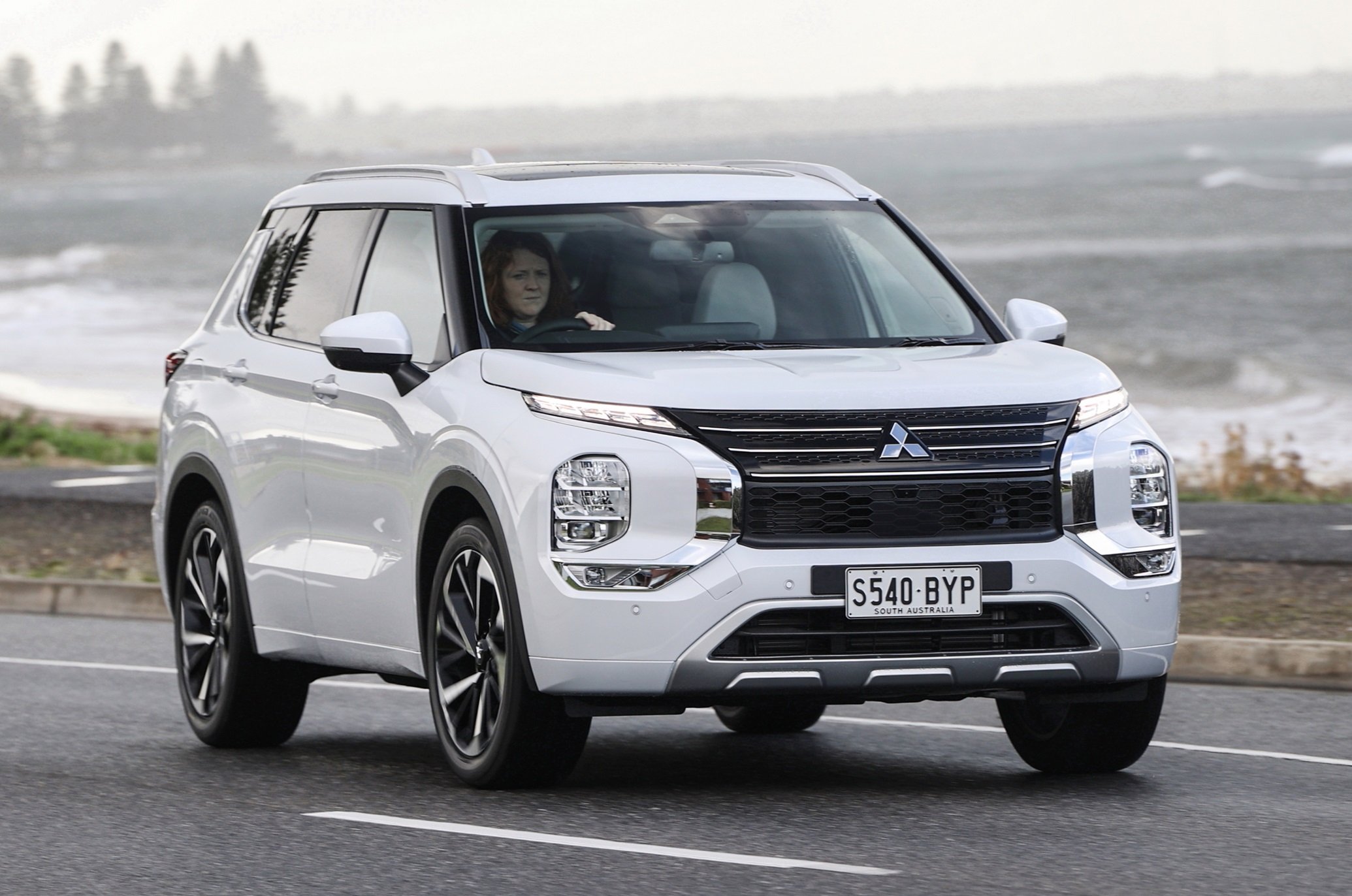
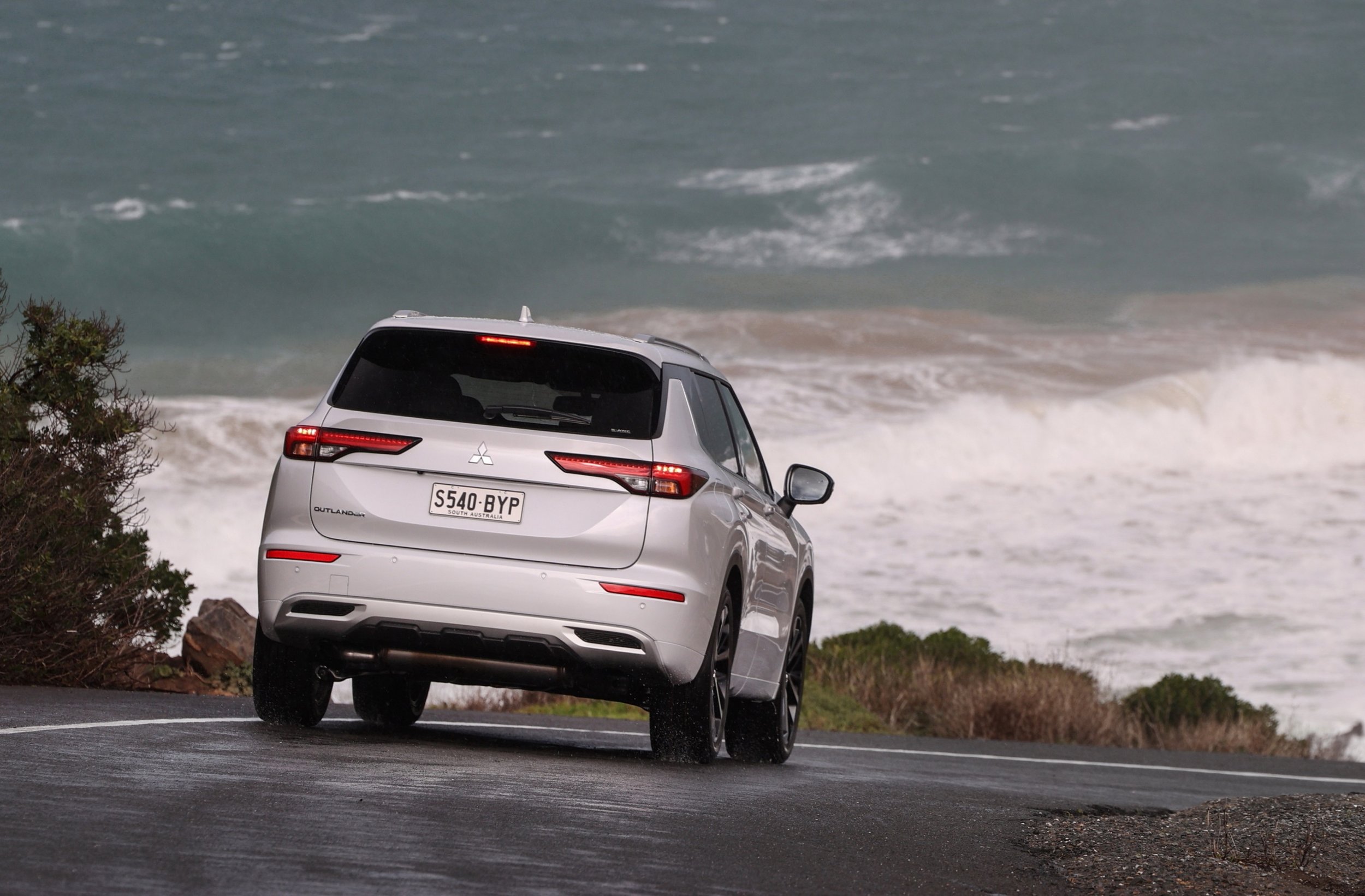
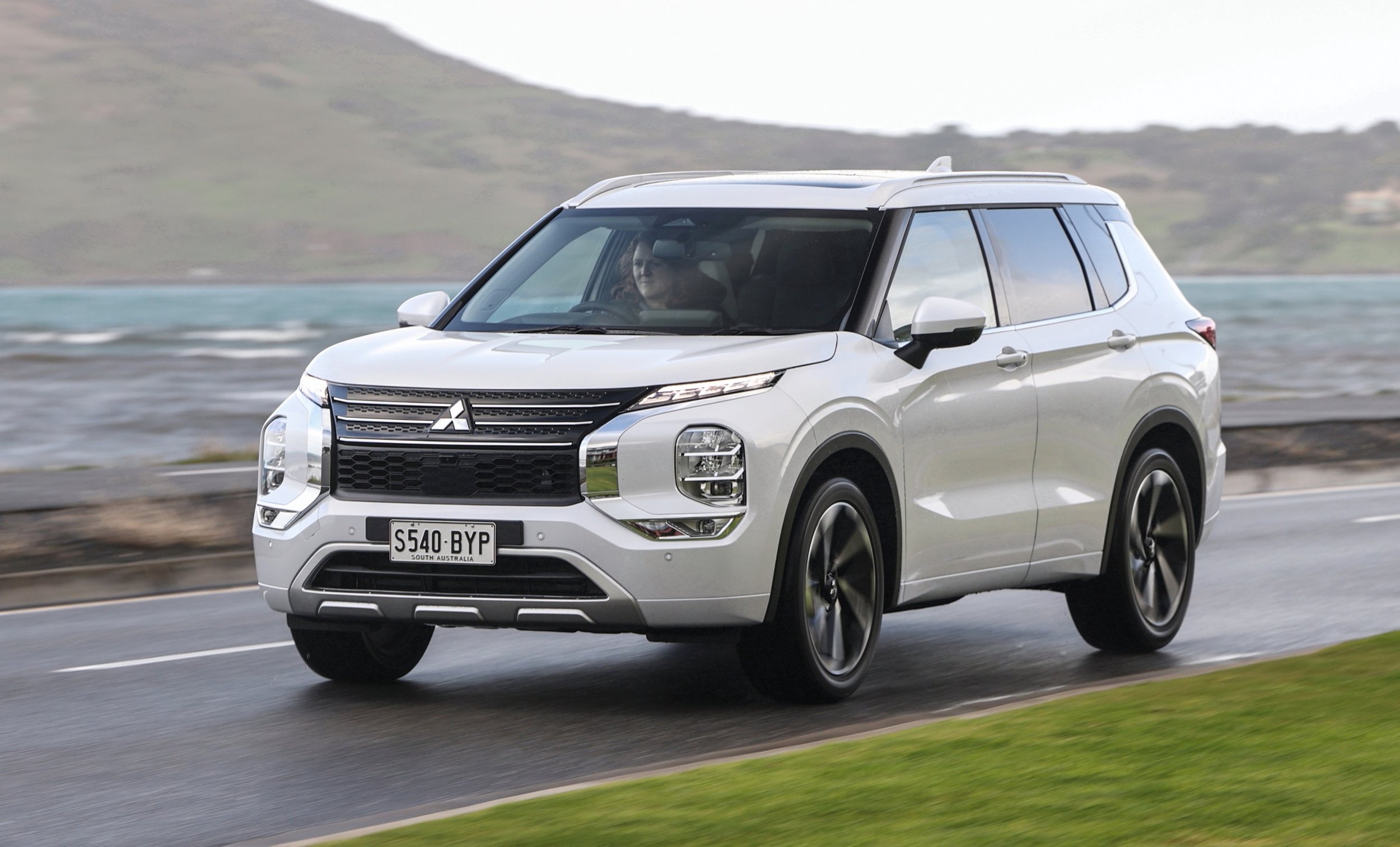
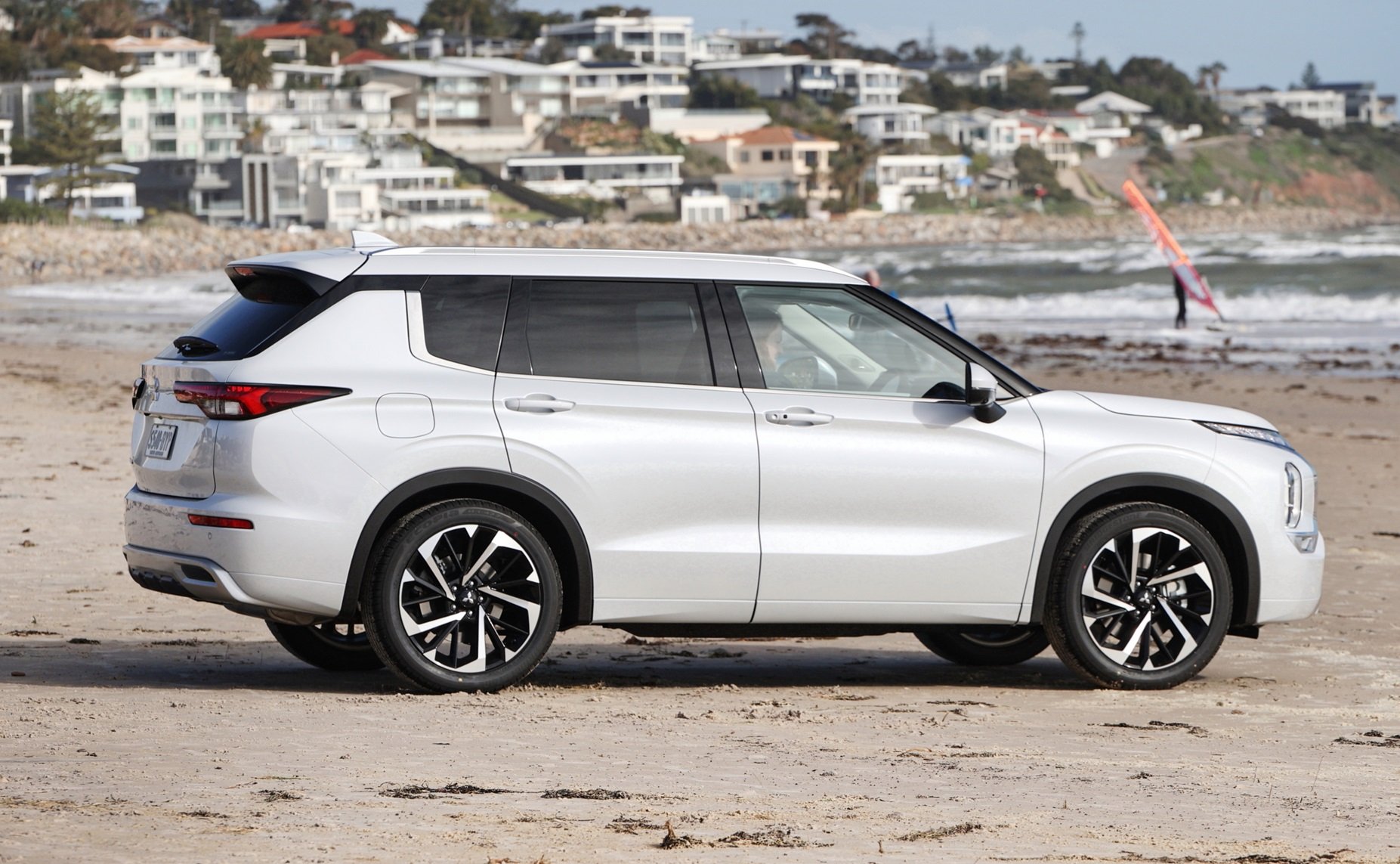



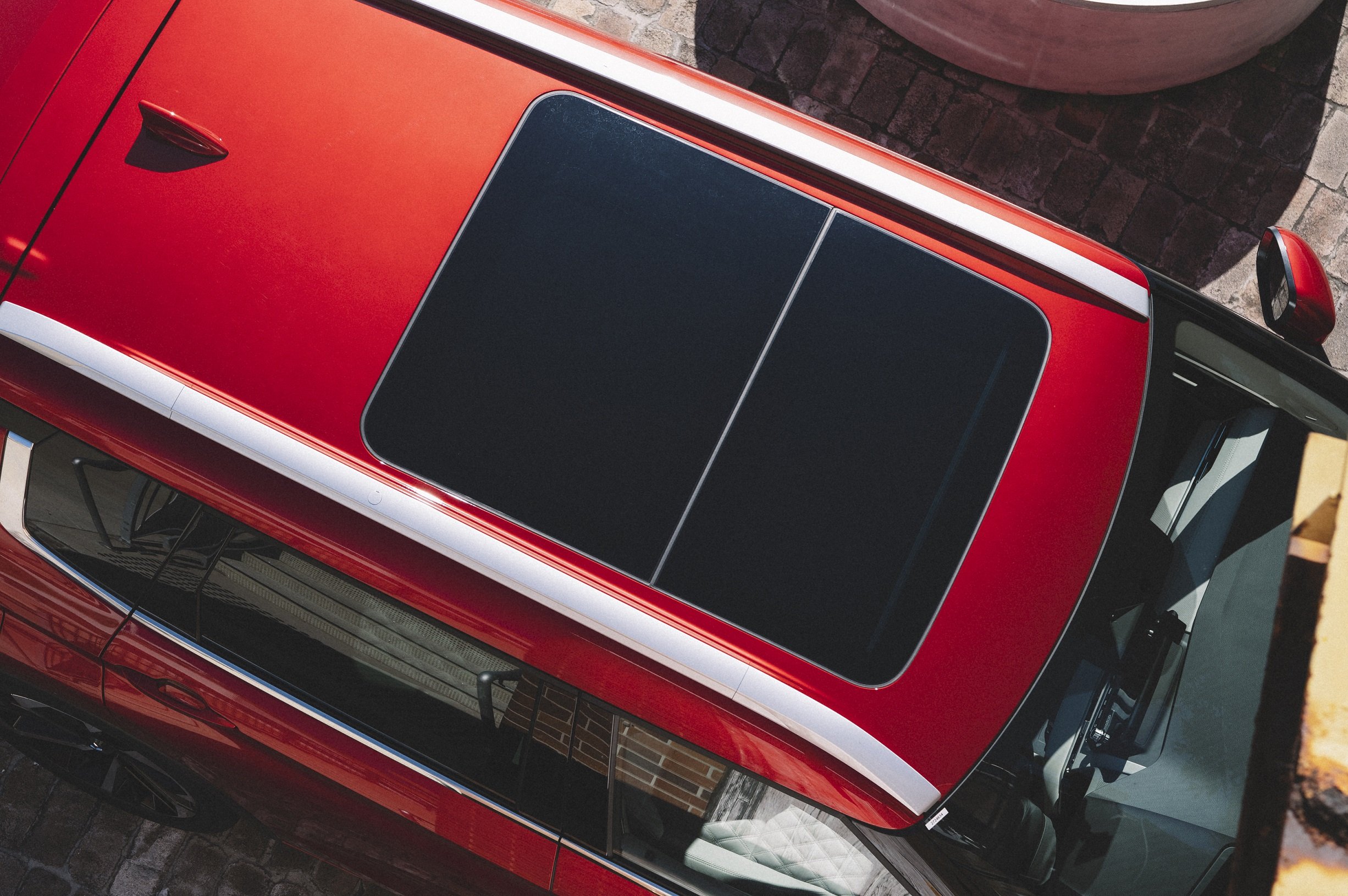
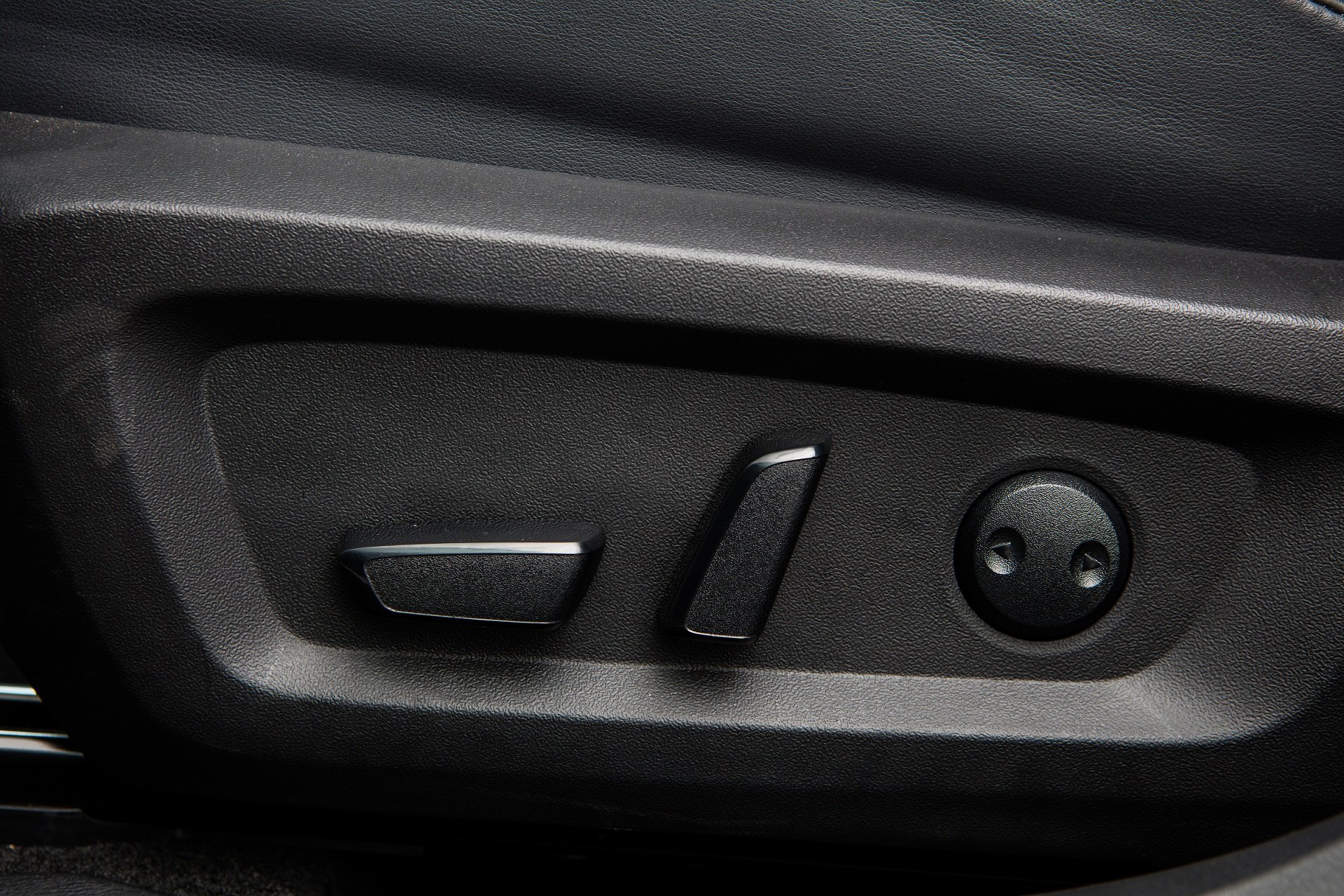
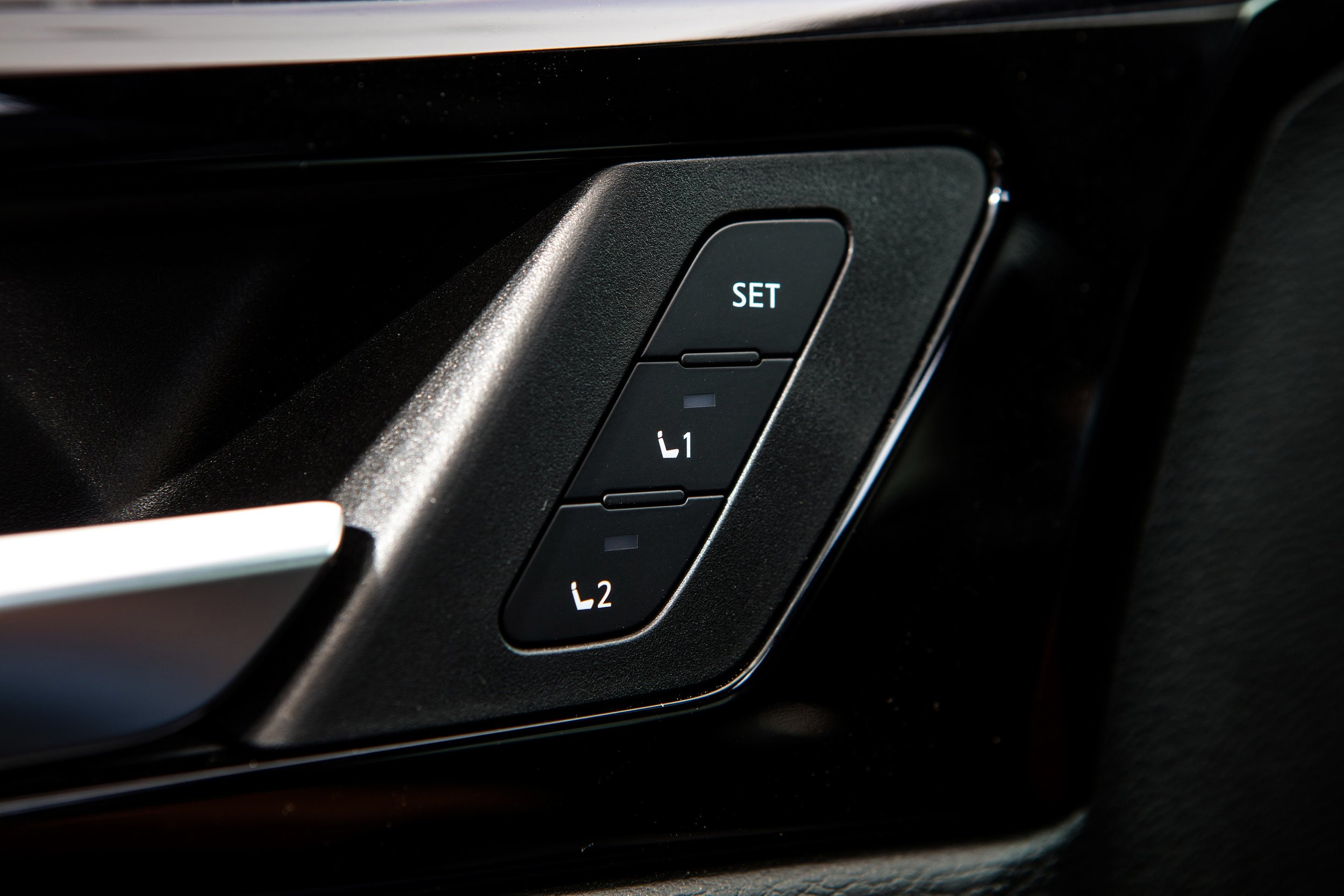
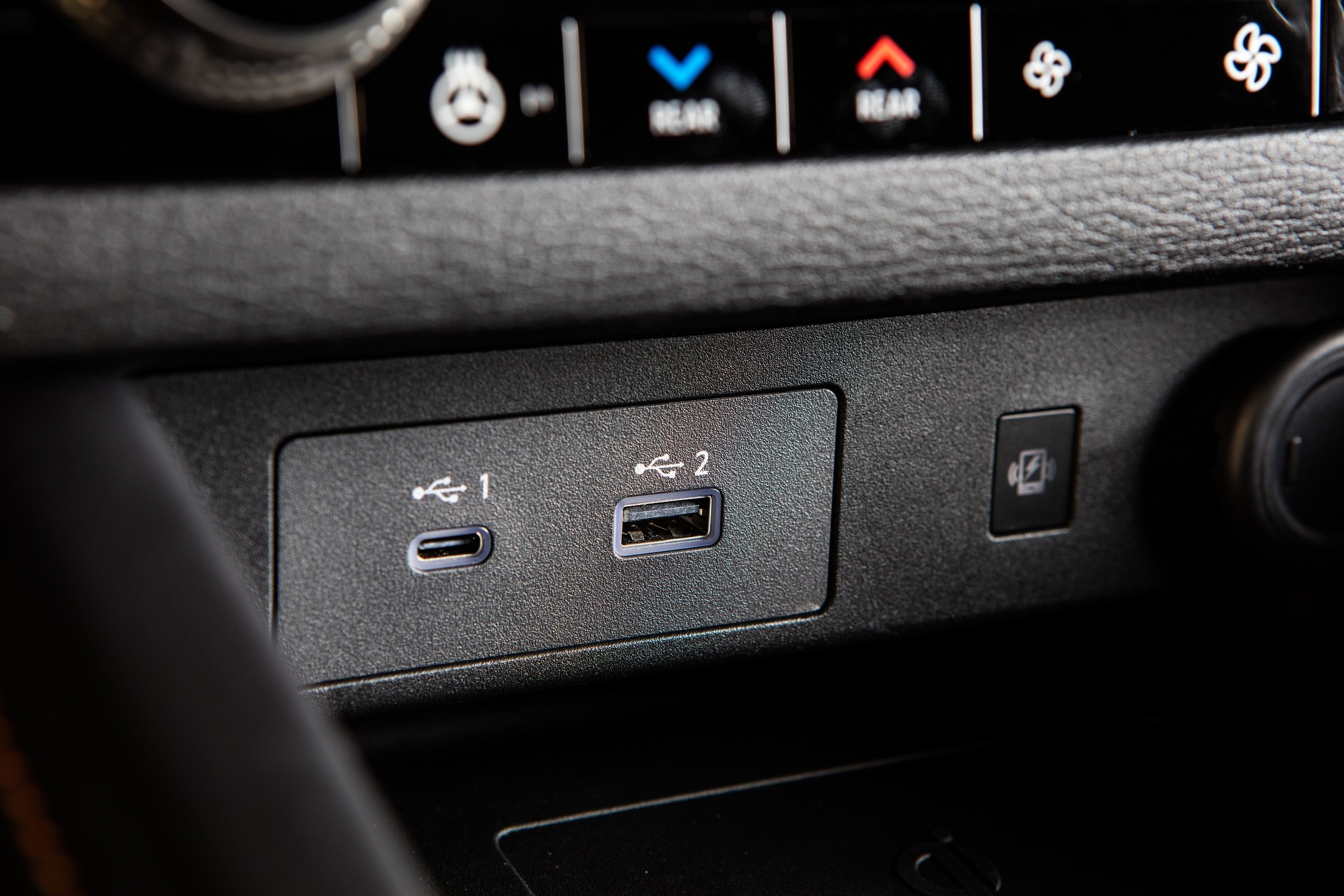
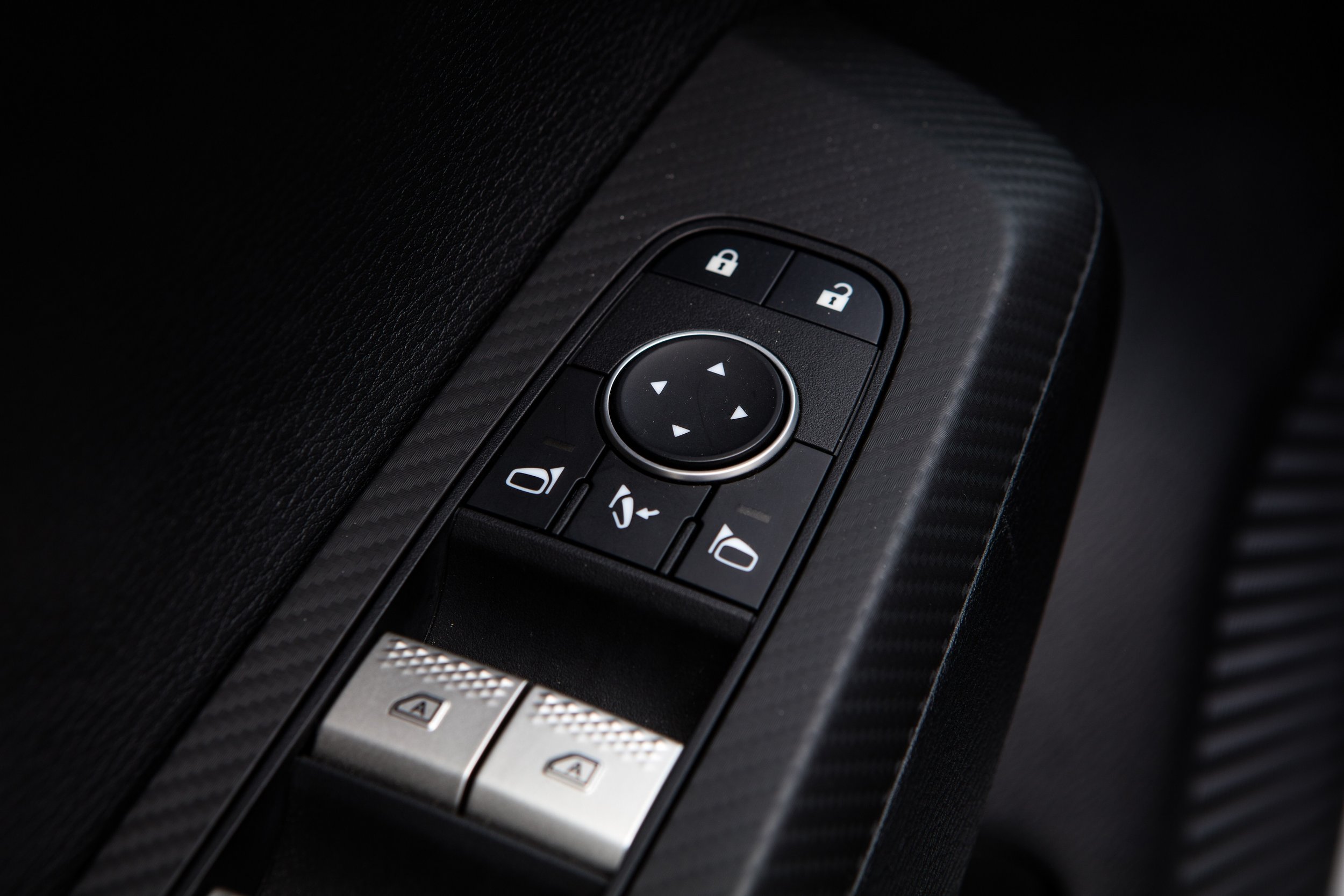
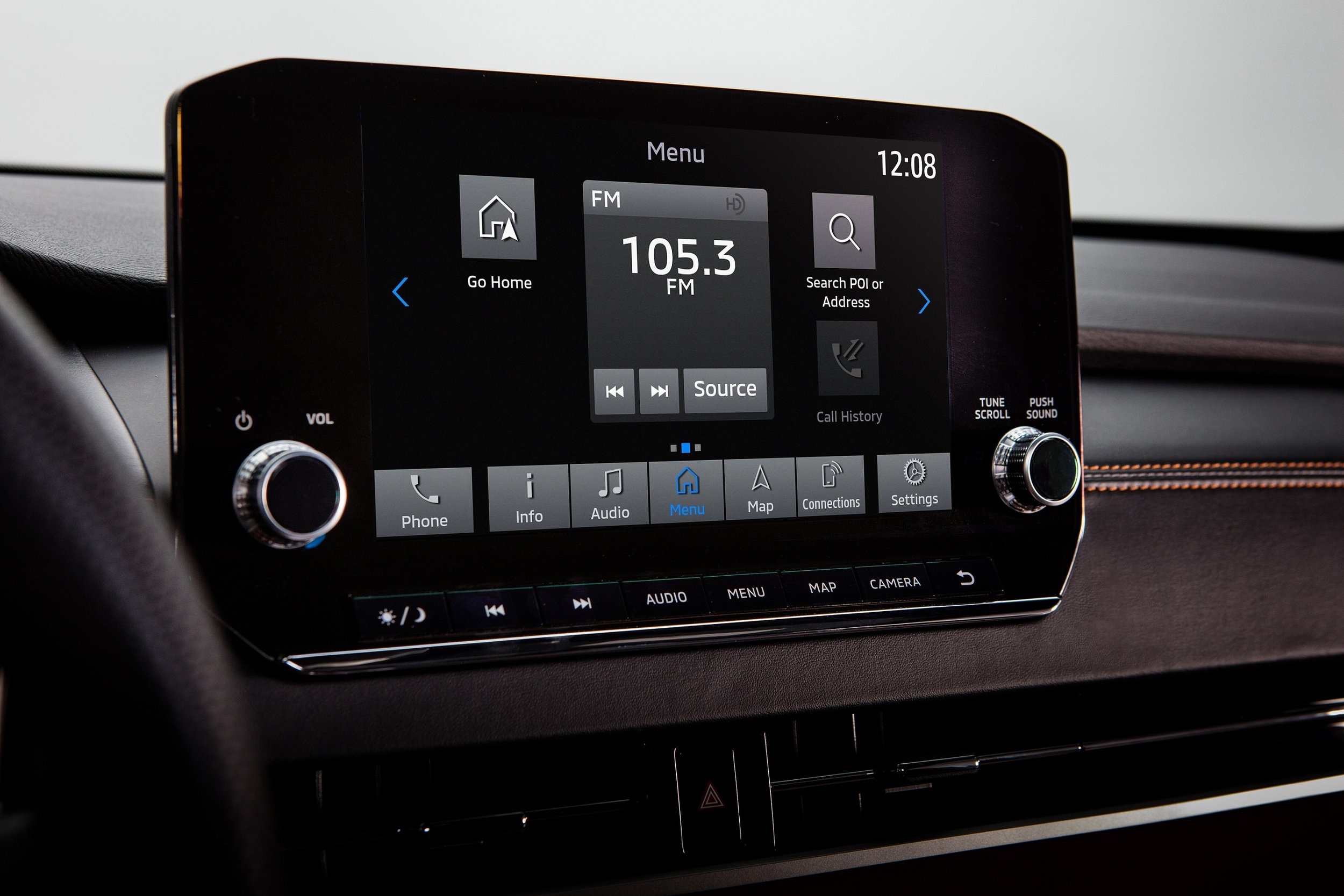

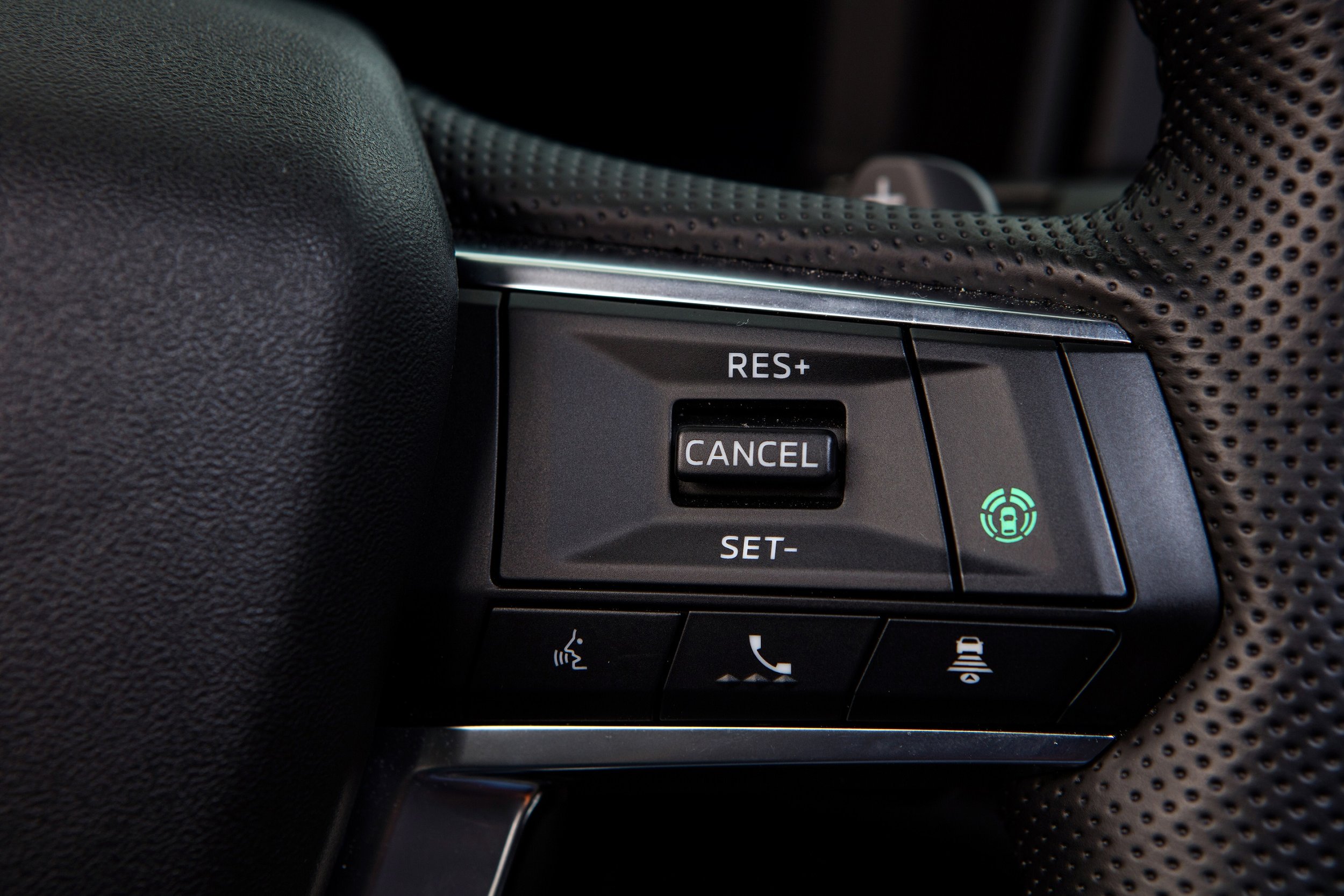






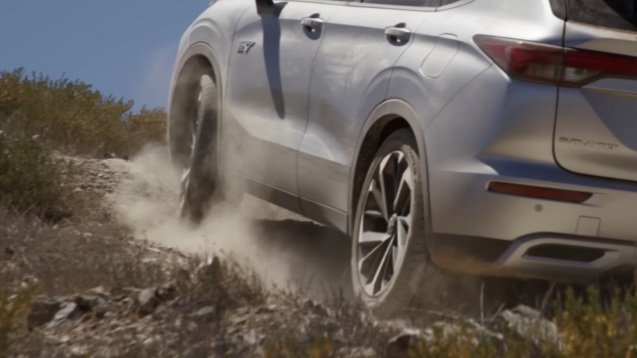
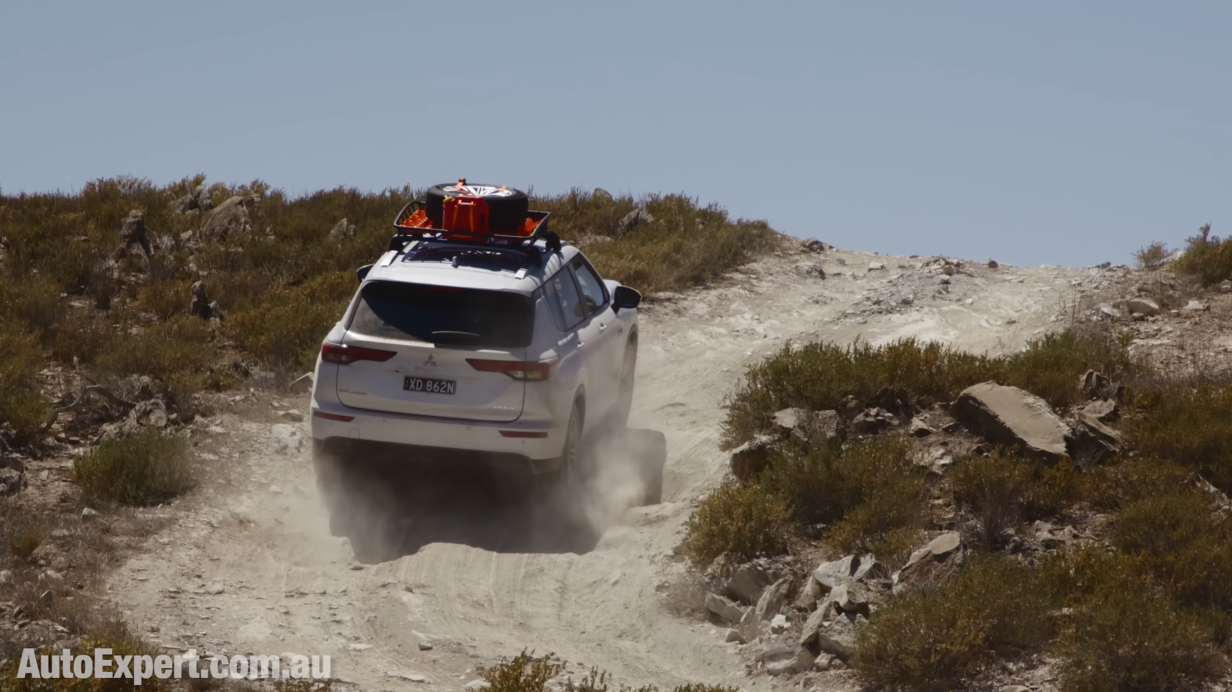
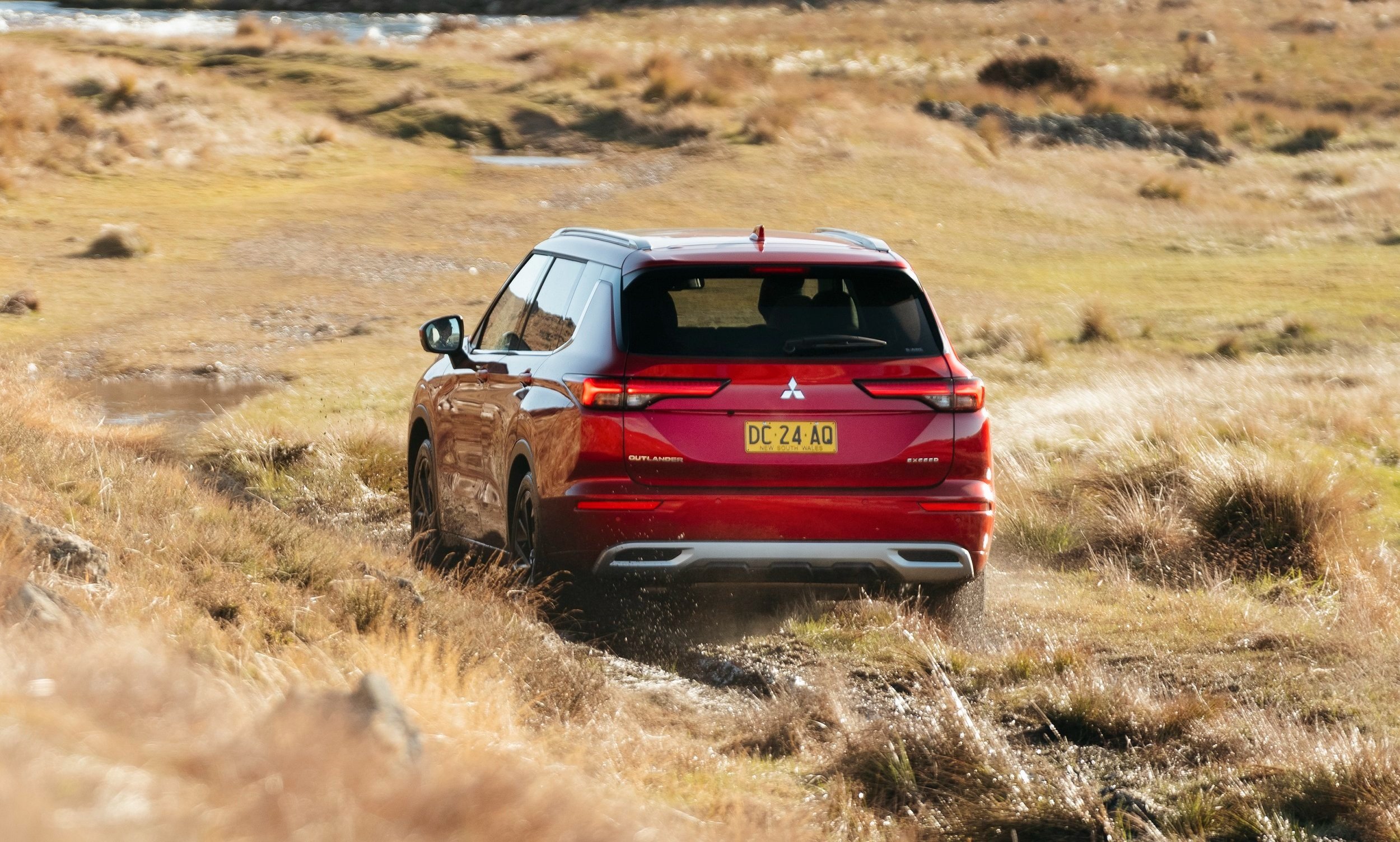








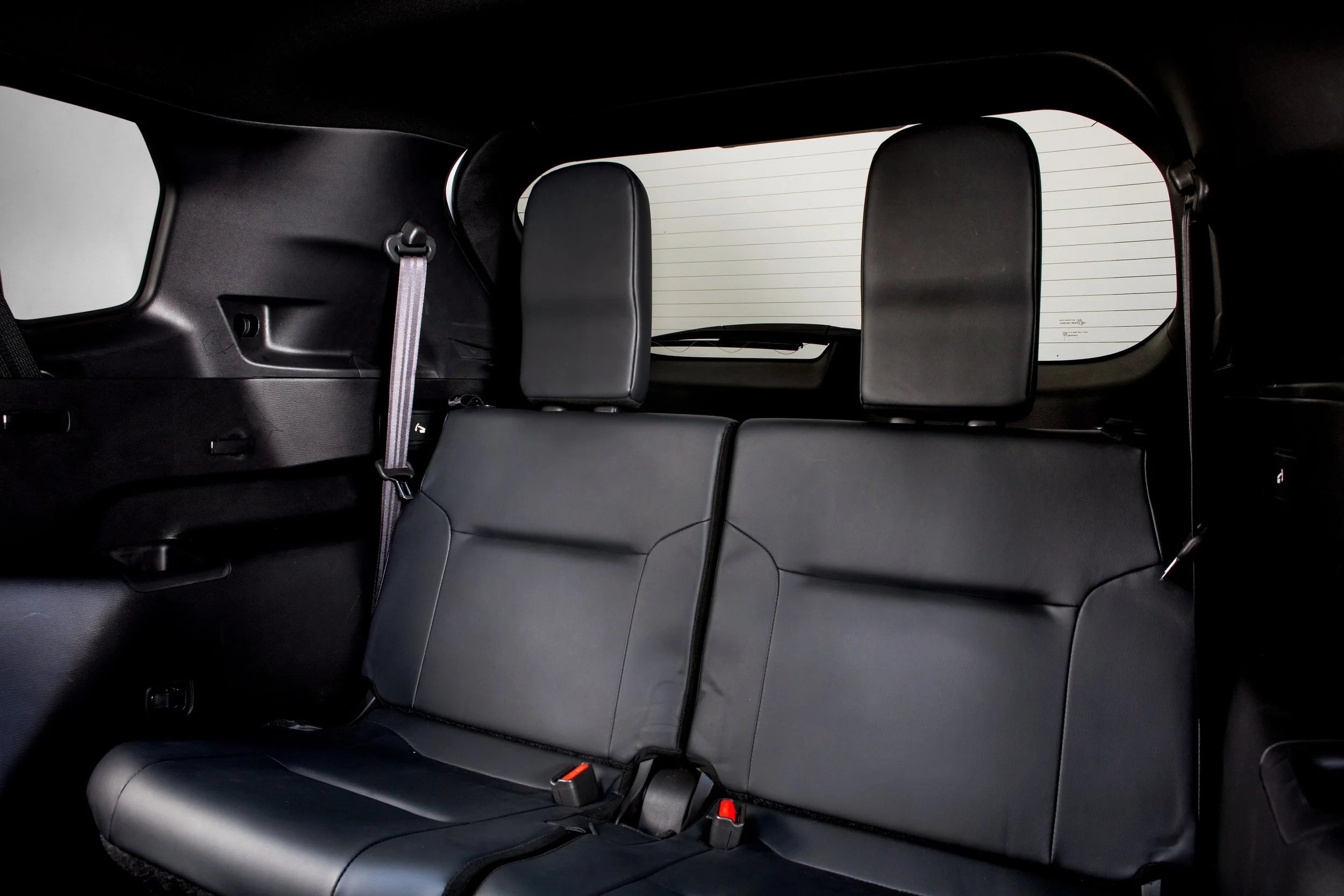



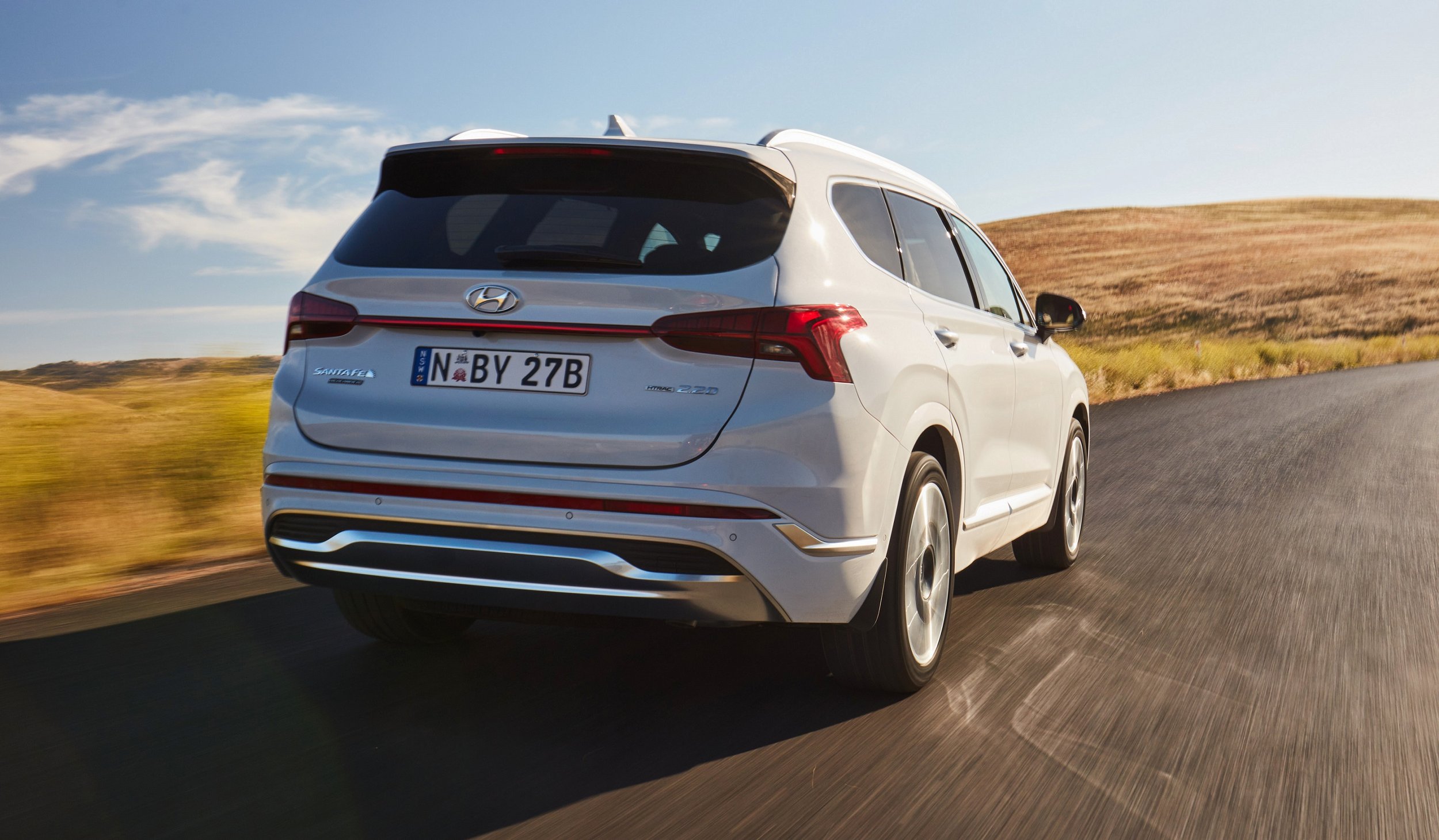

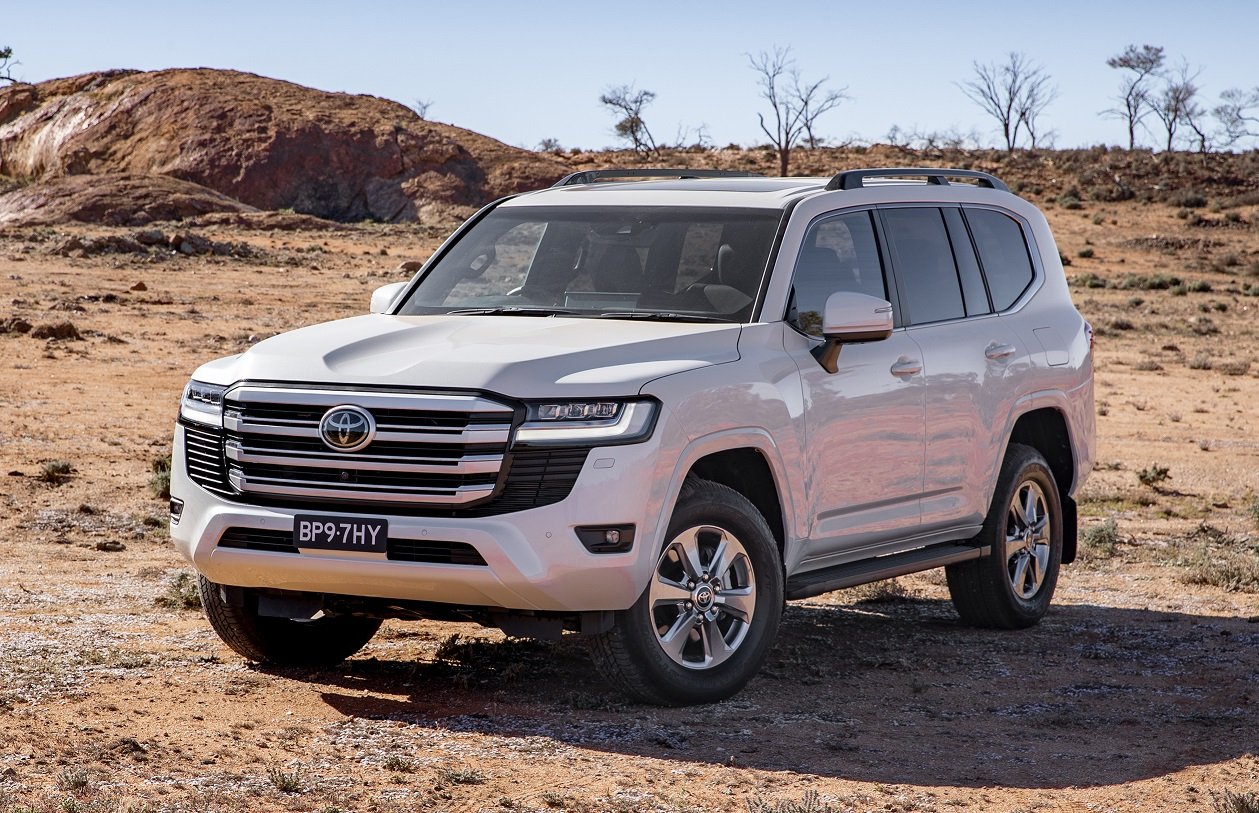
















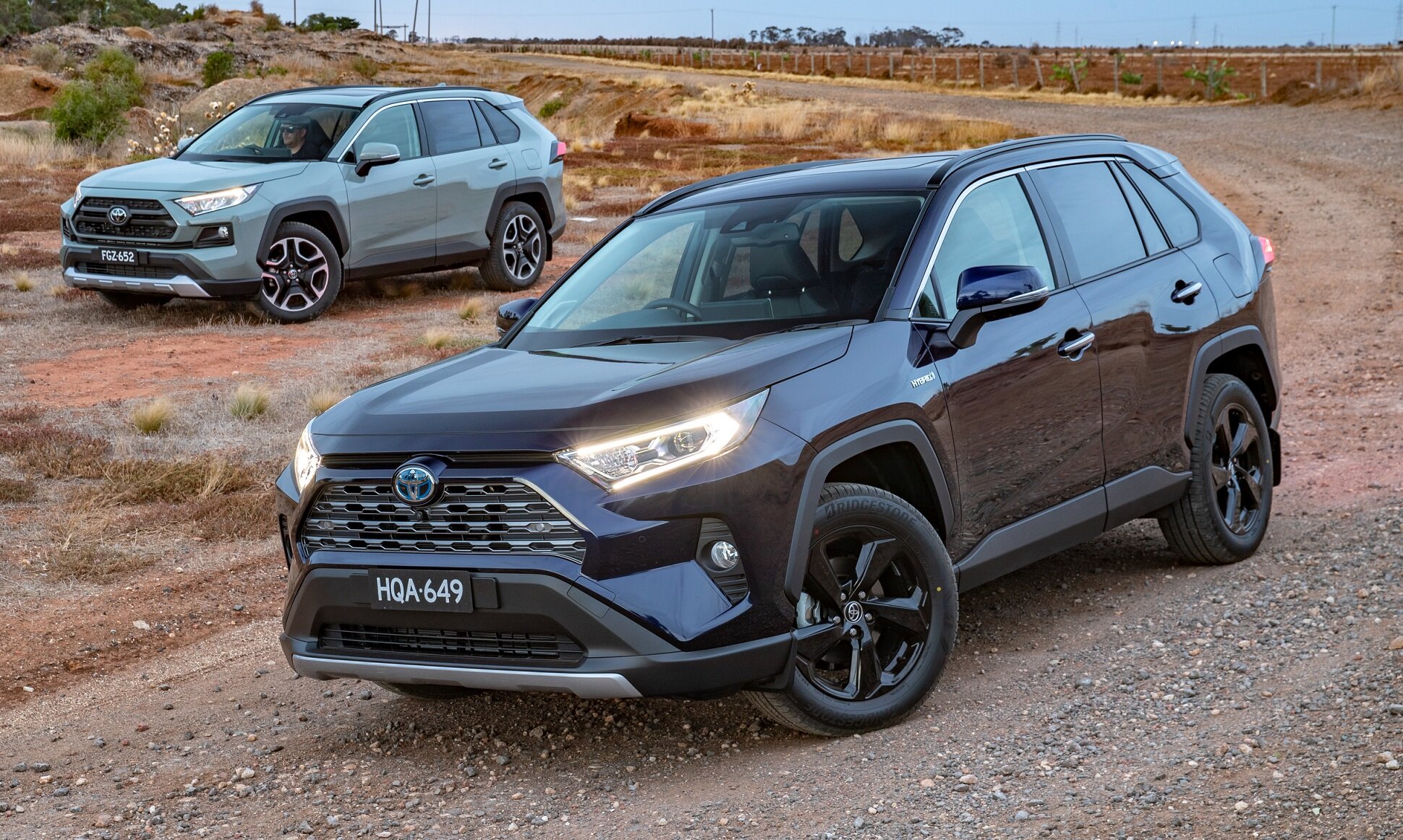

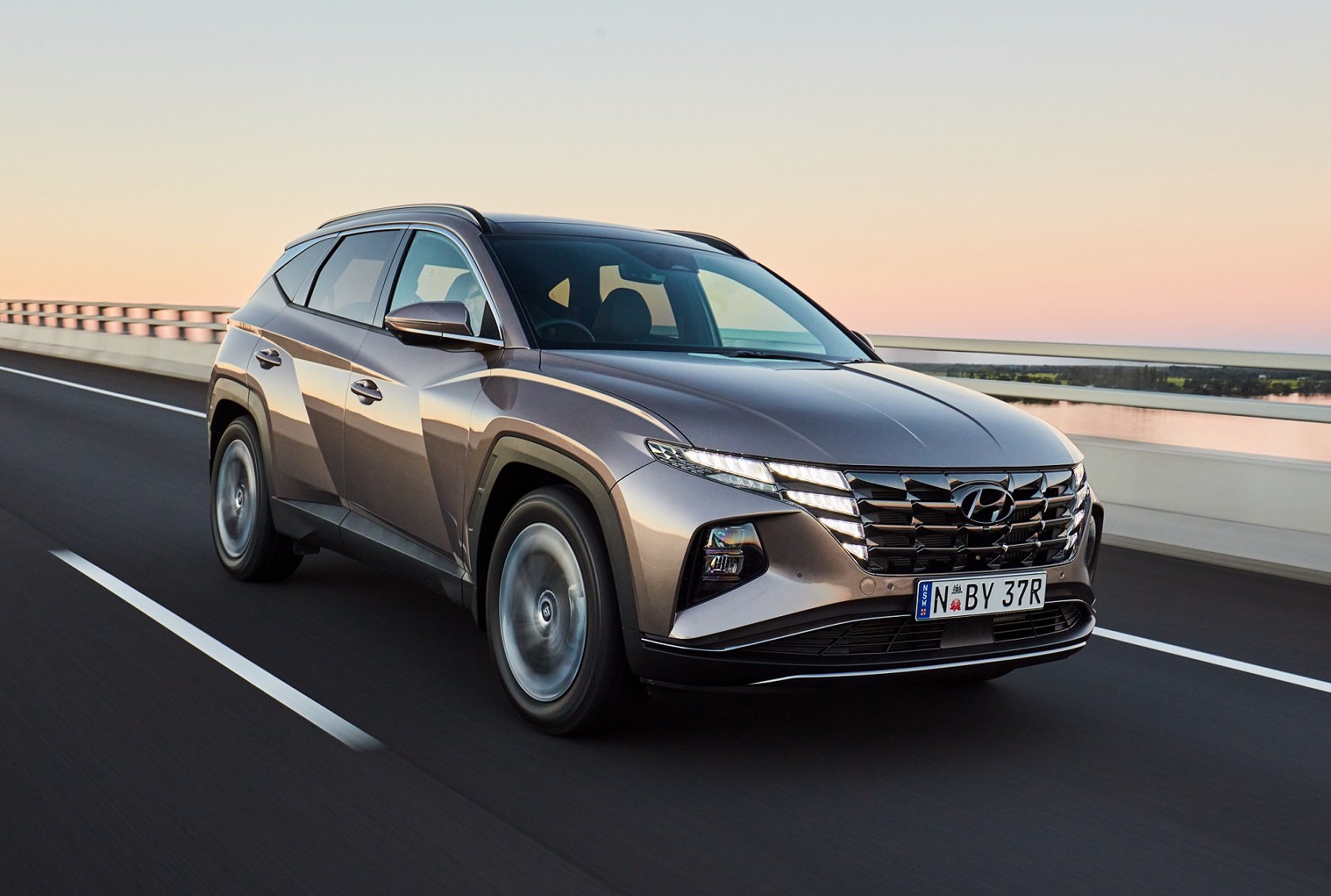

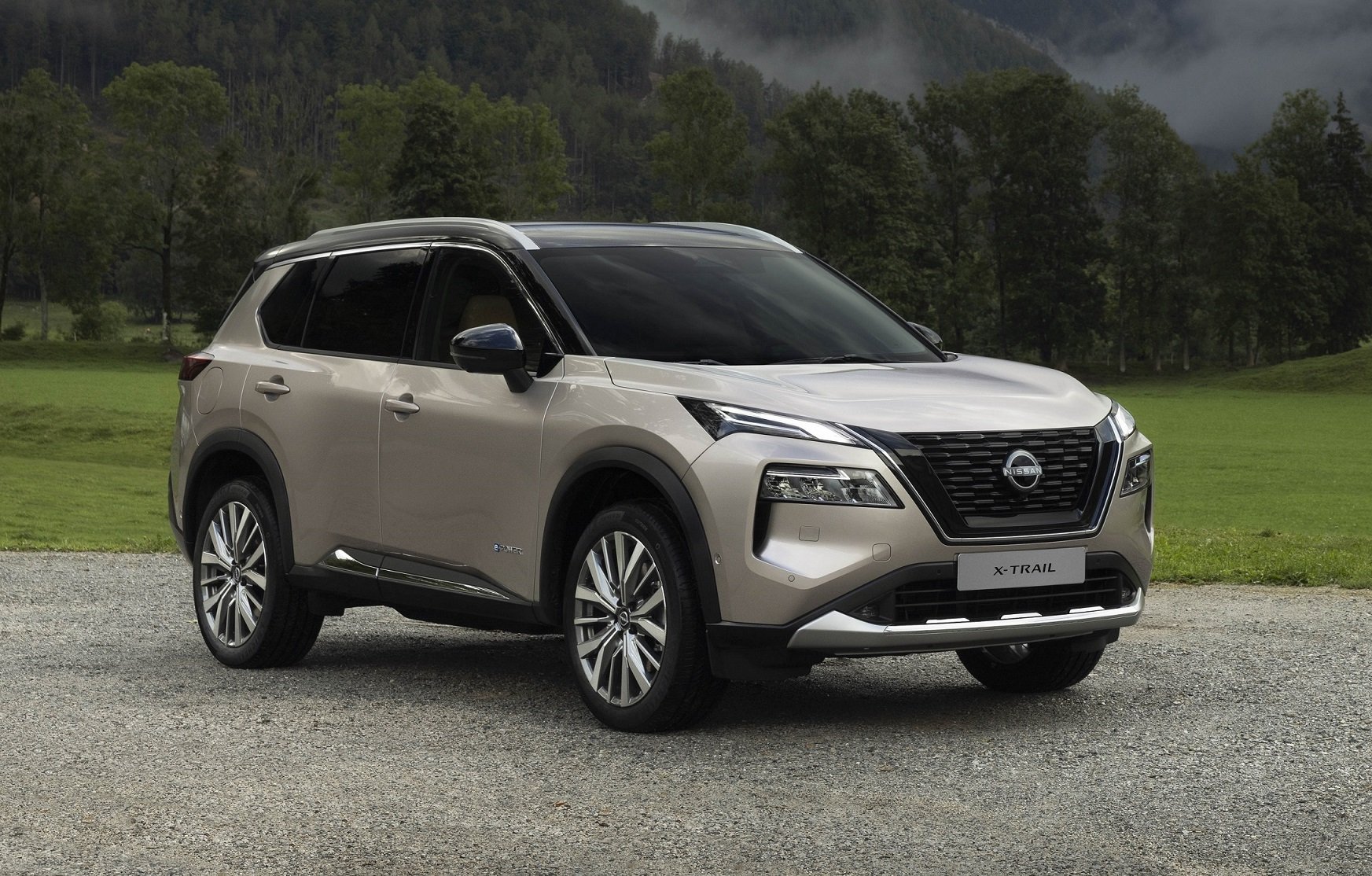




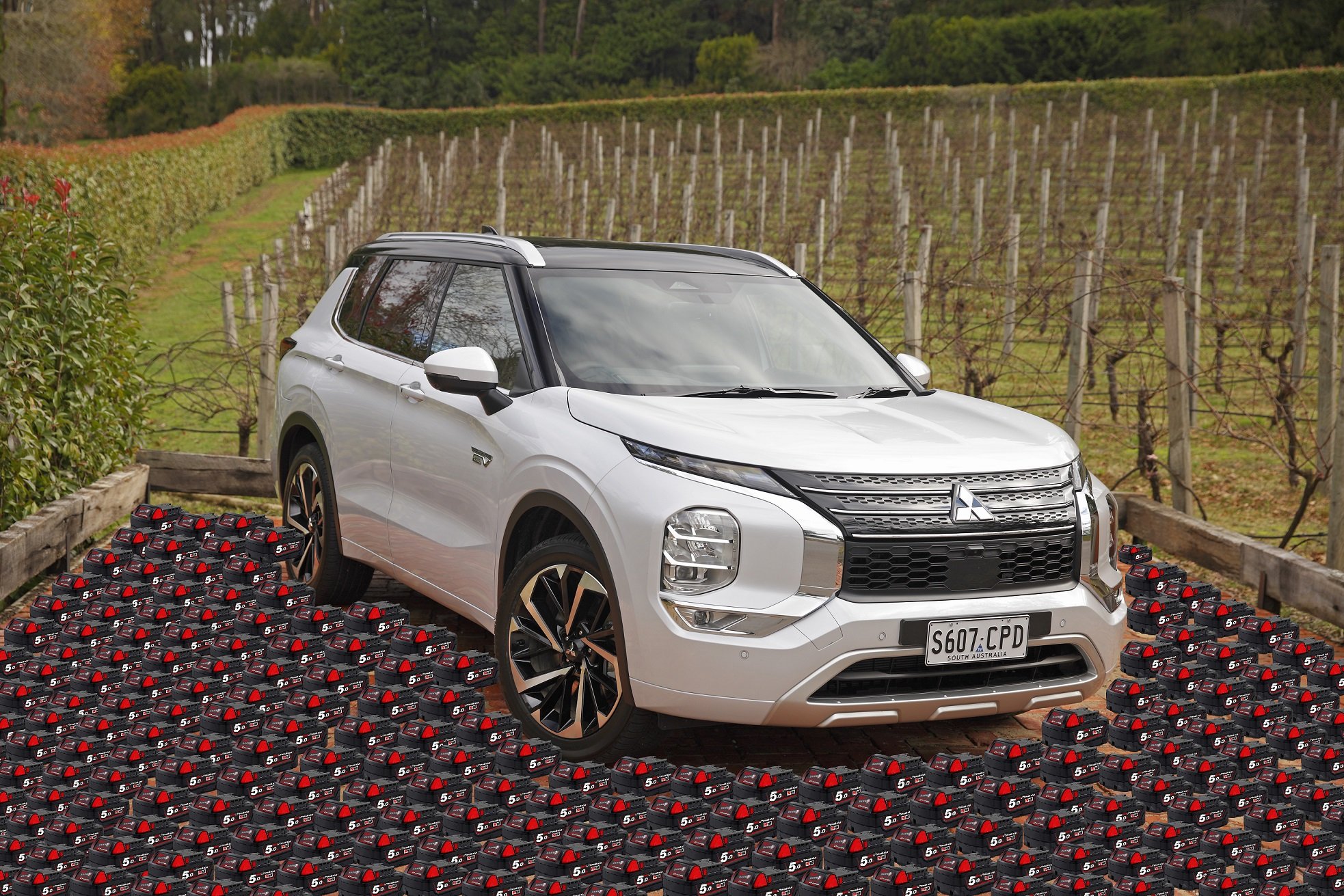

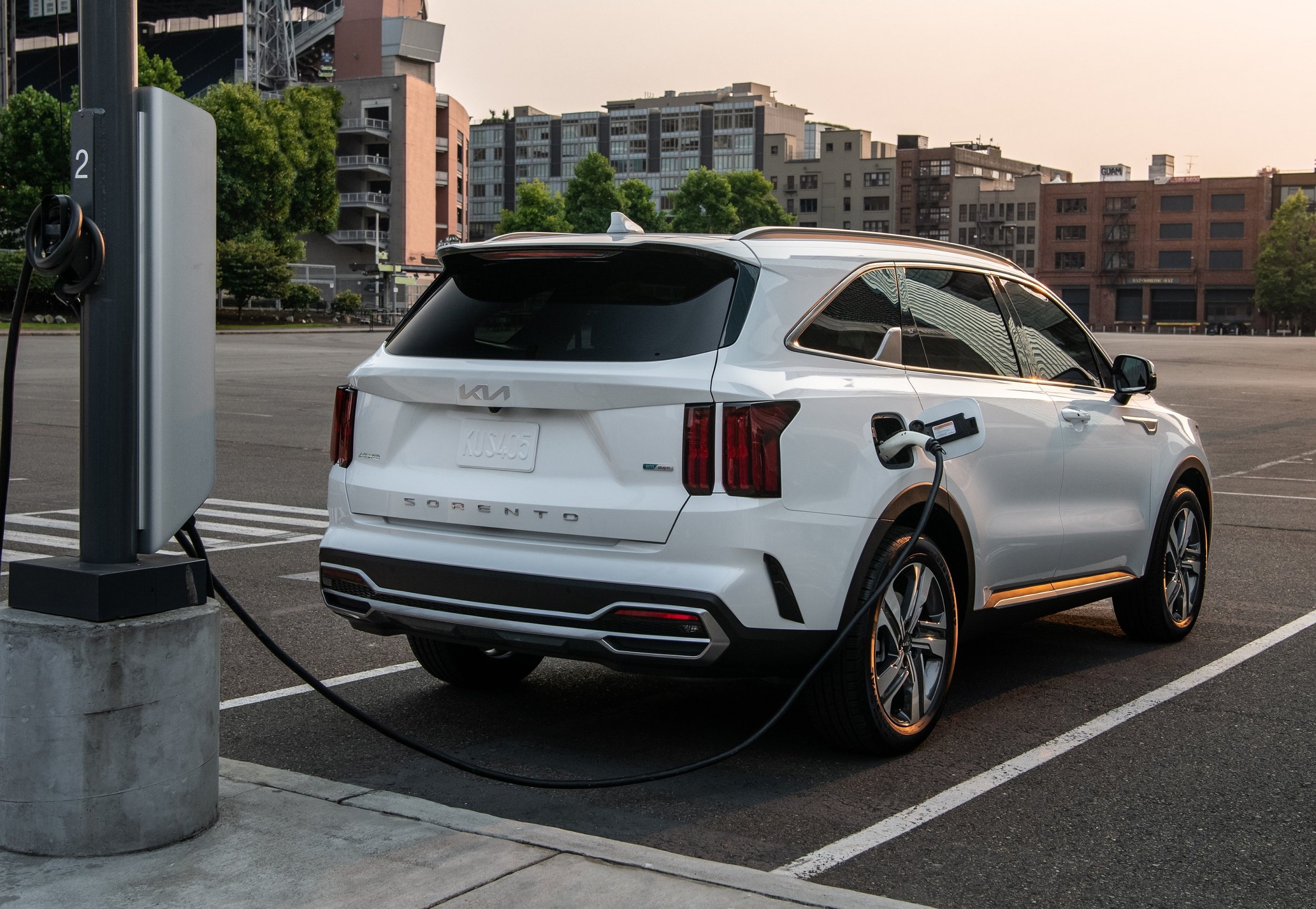
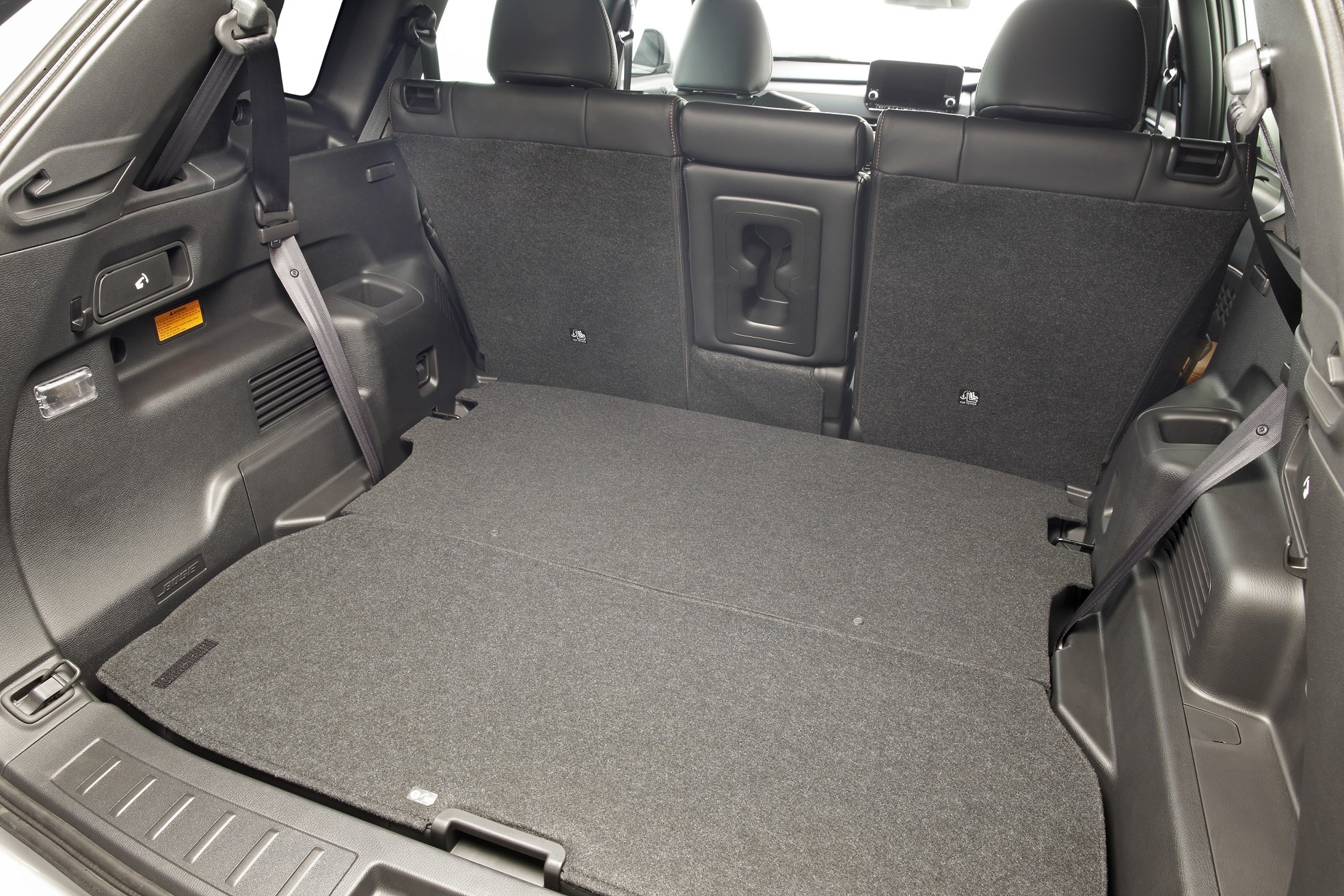
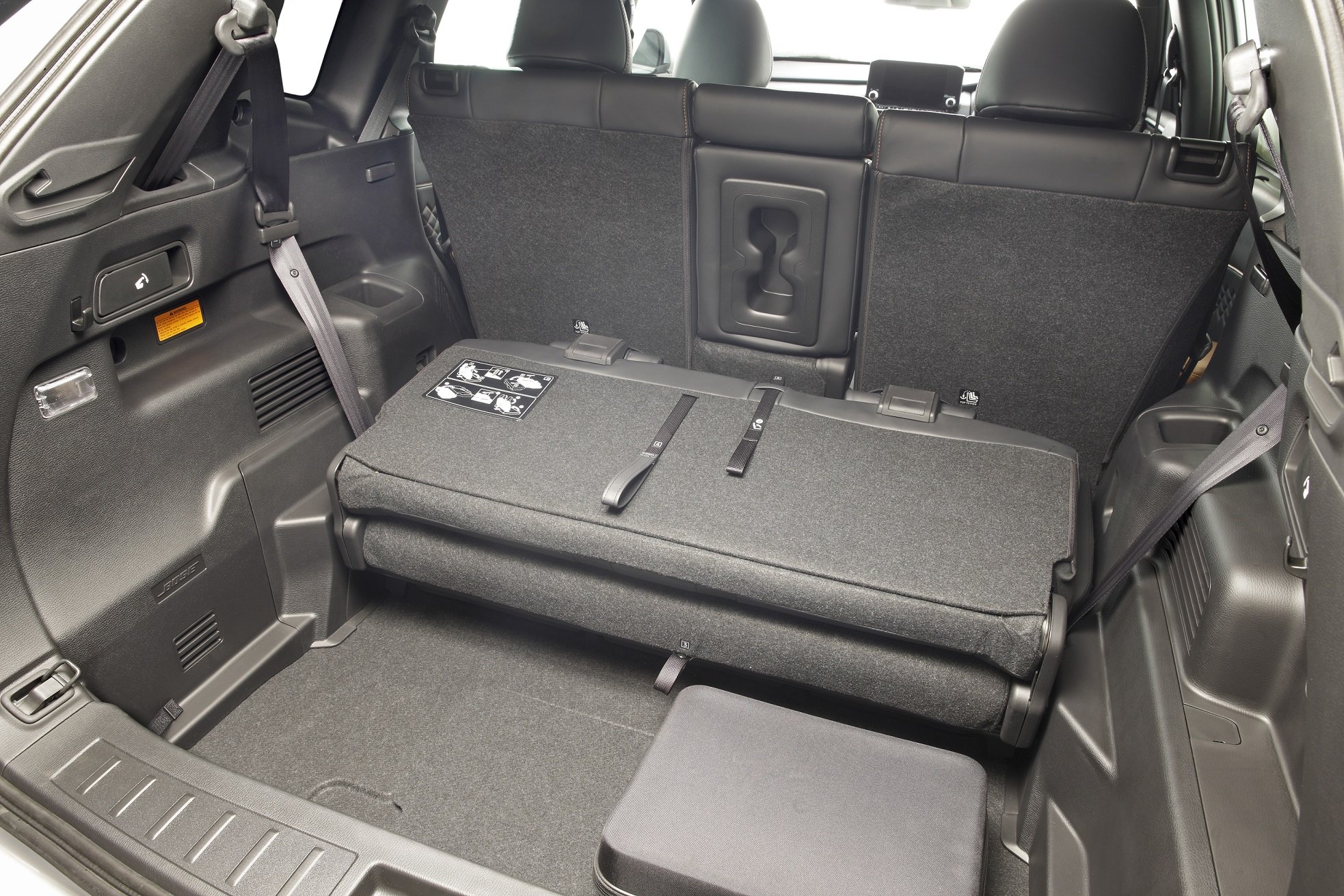
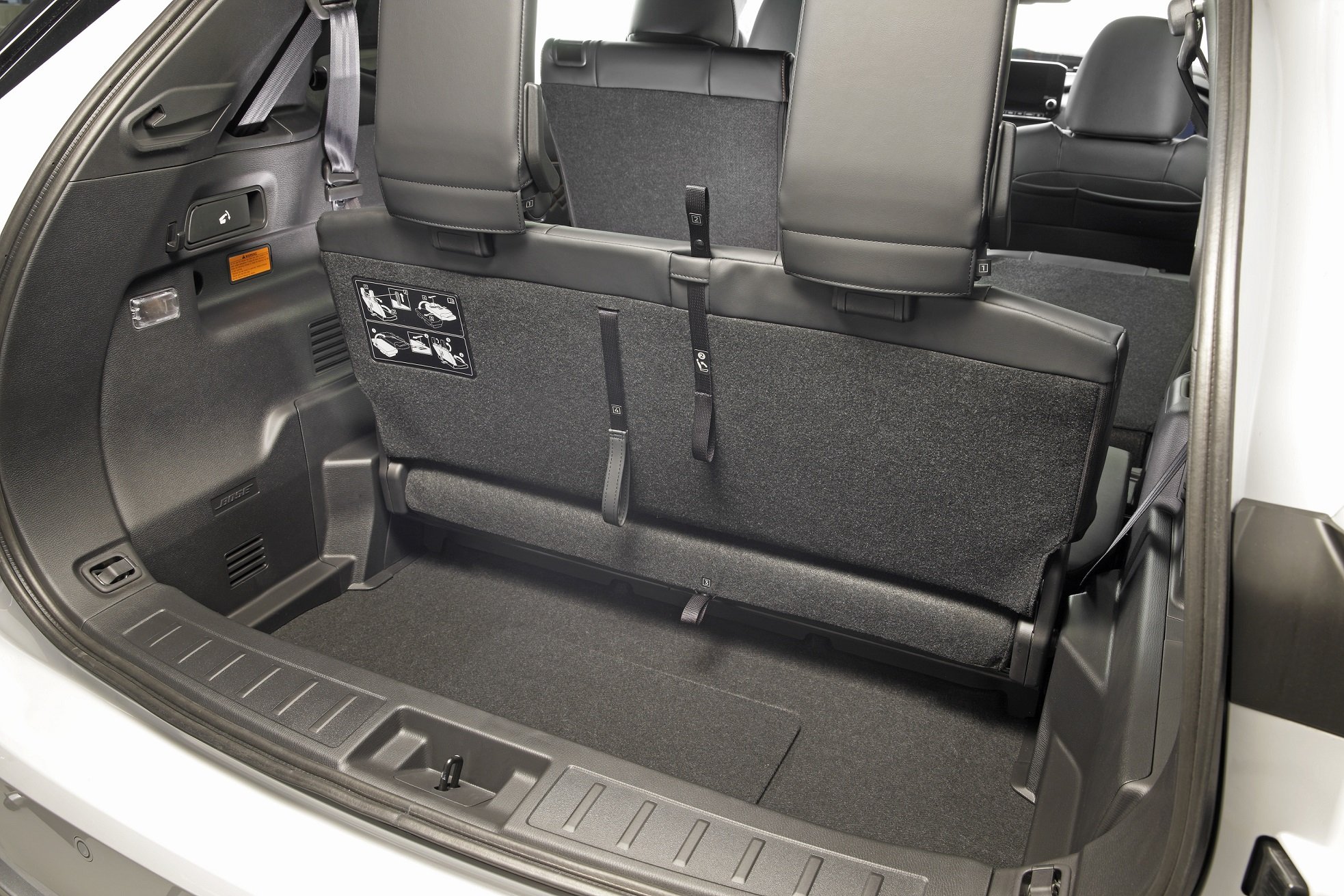

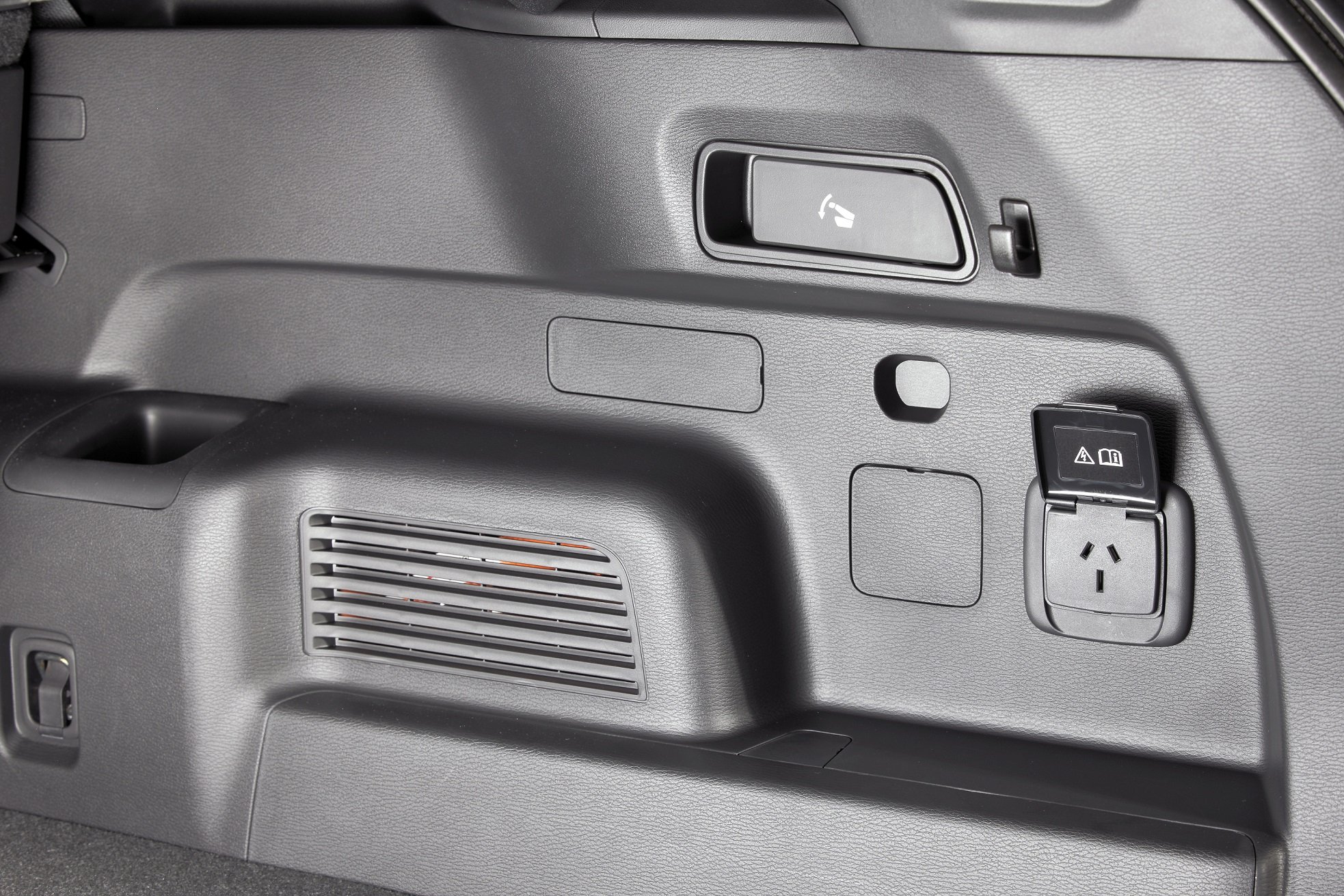
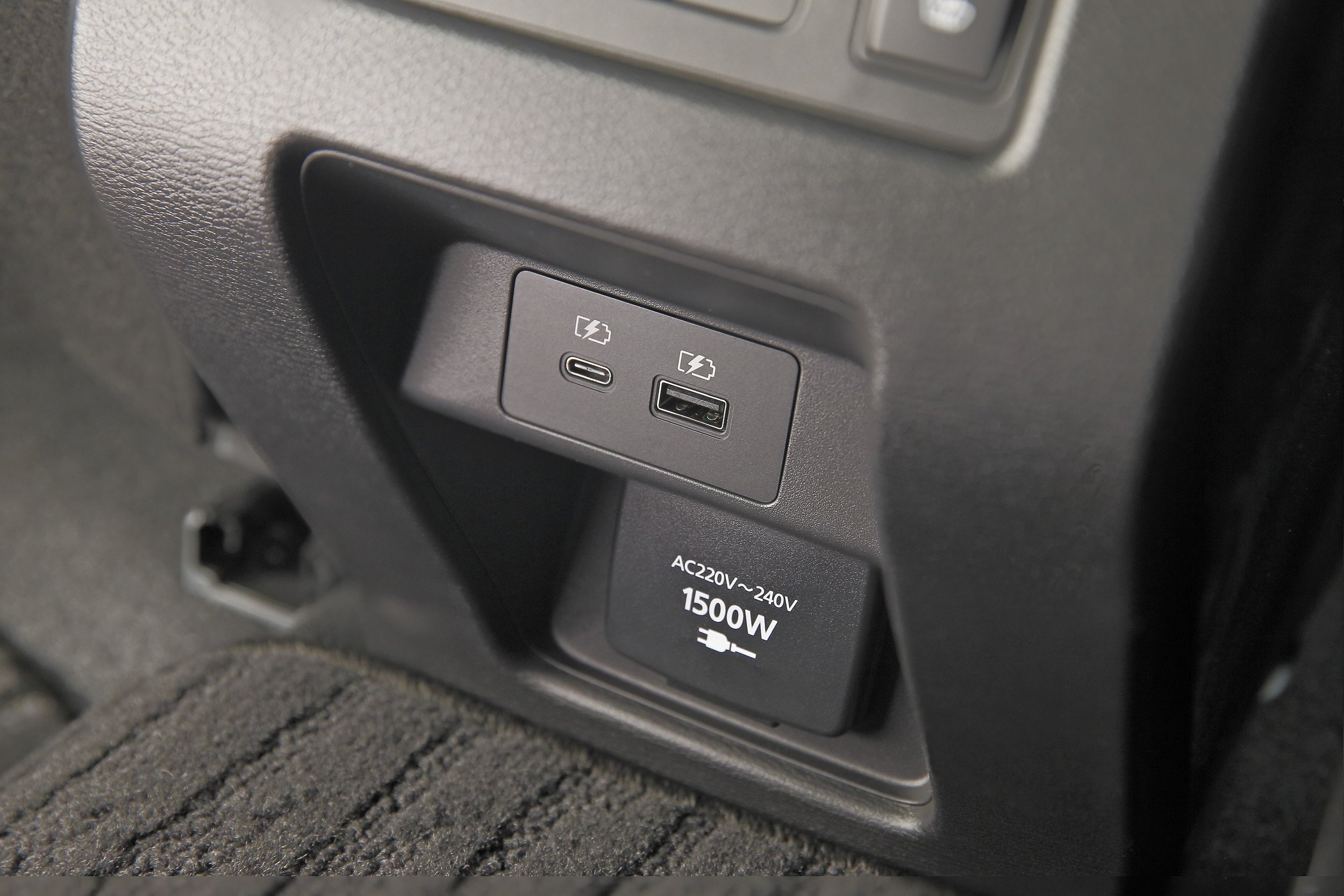
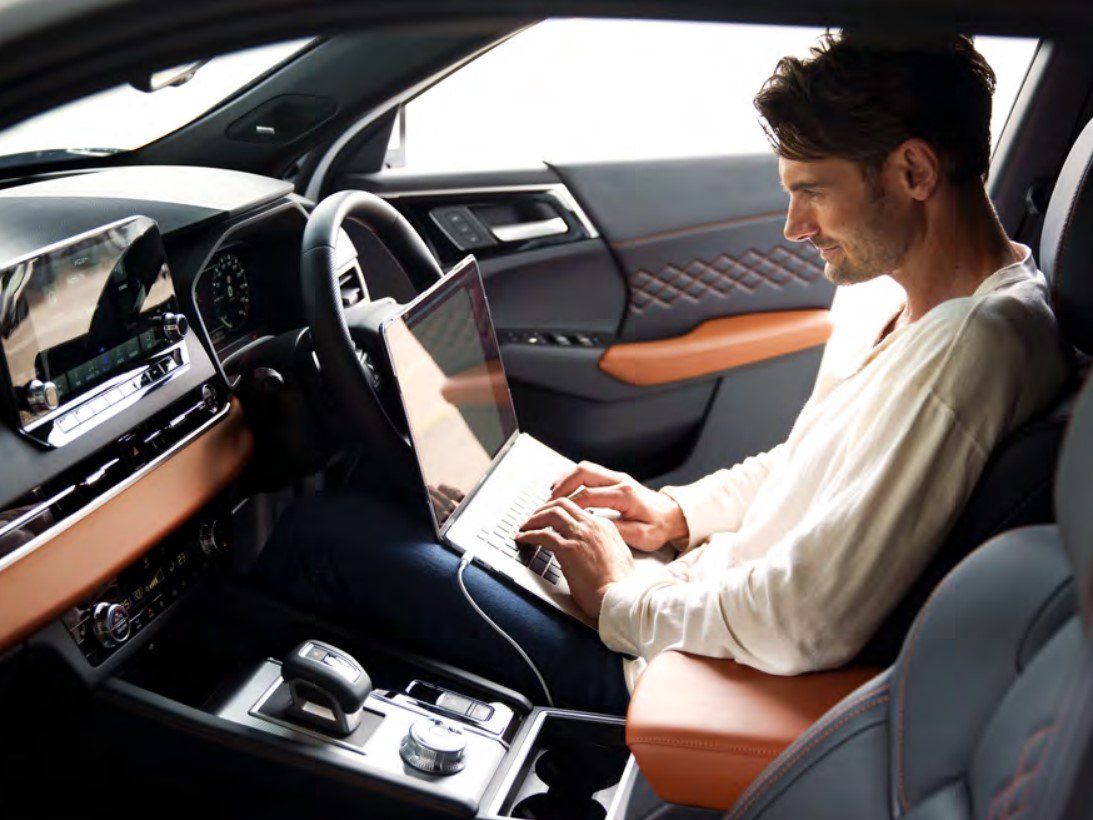


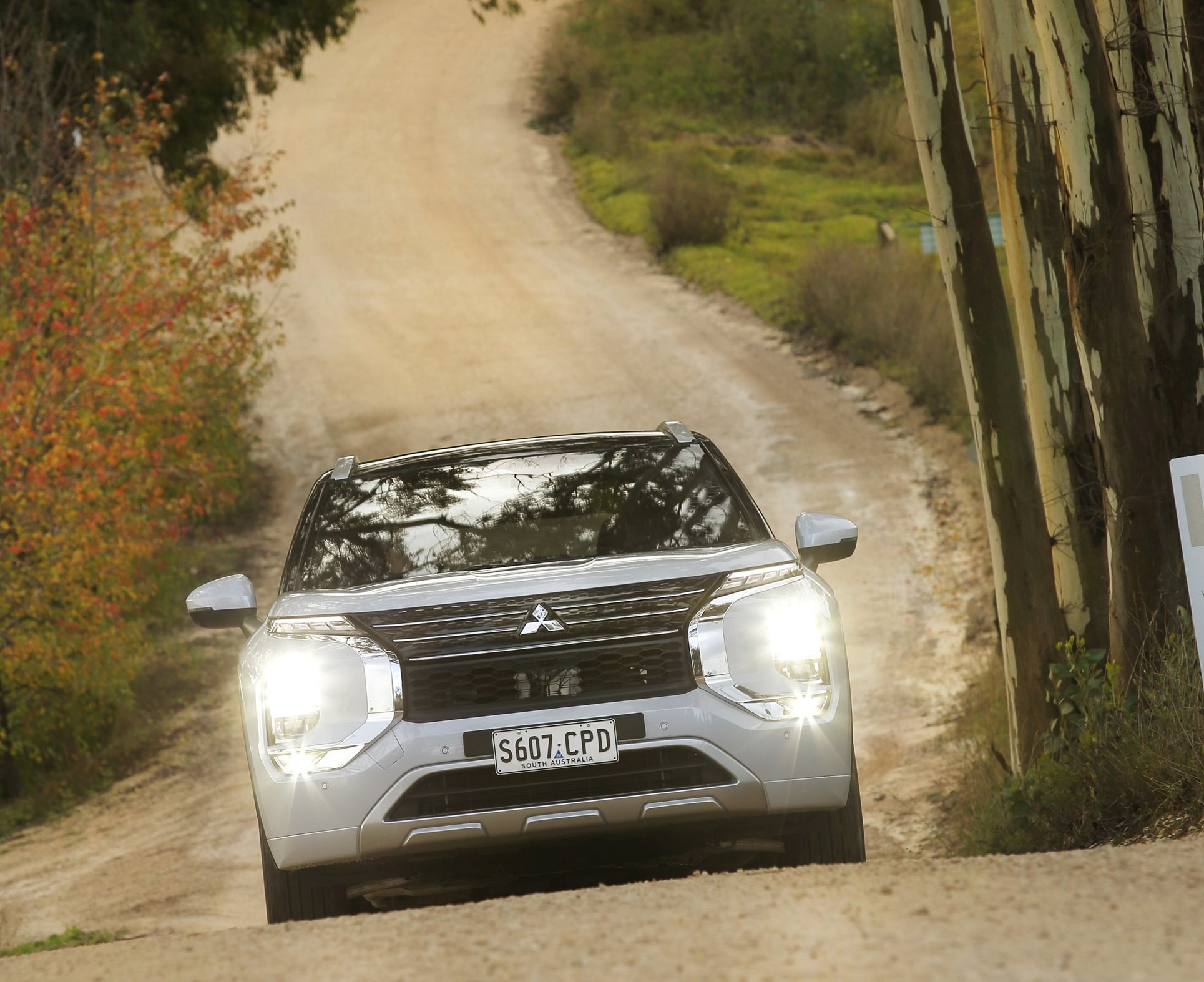




Thinking about buying a plug-in hybrid EV (PHEV) in 2024? Let’s assess whether this is a good idea or not, because it all depends mainly on you and your motivations…